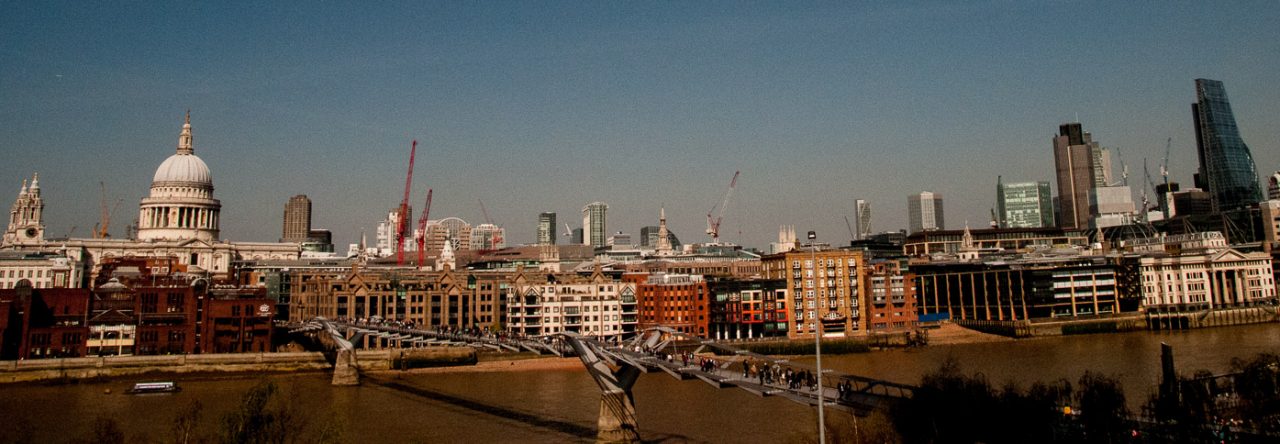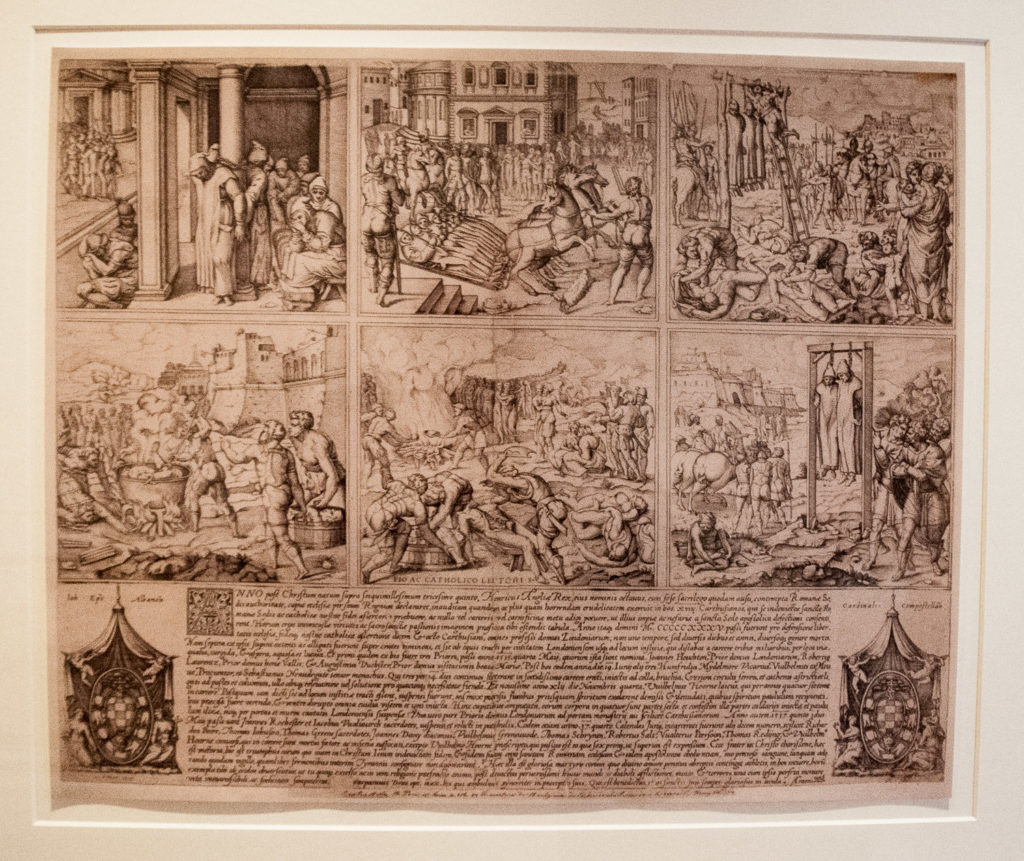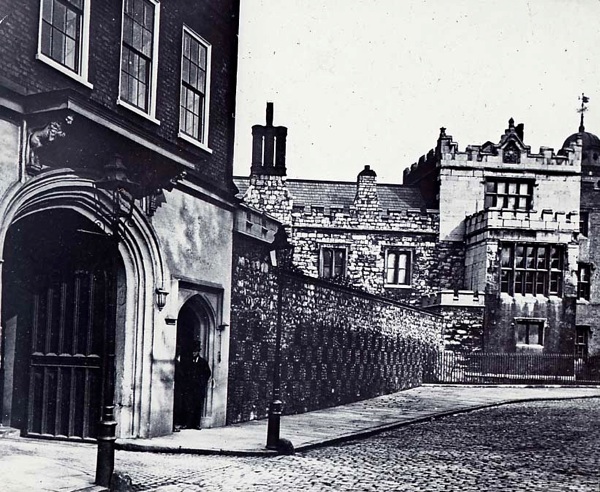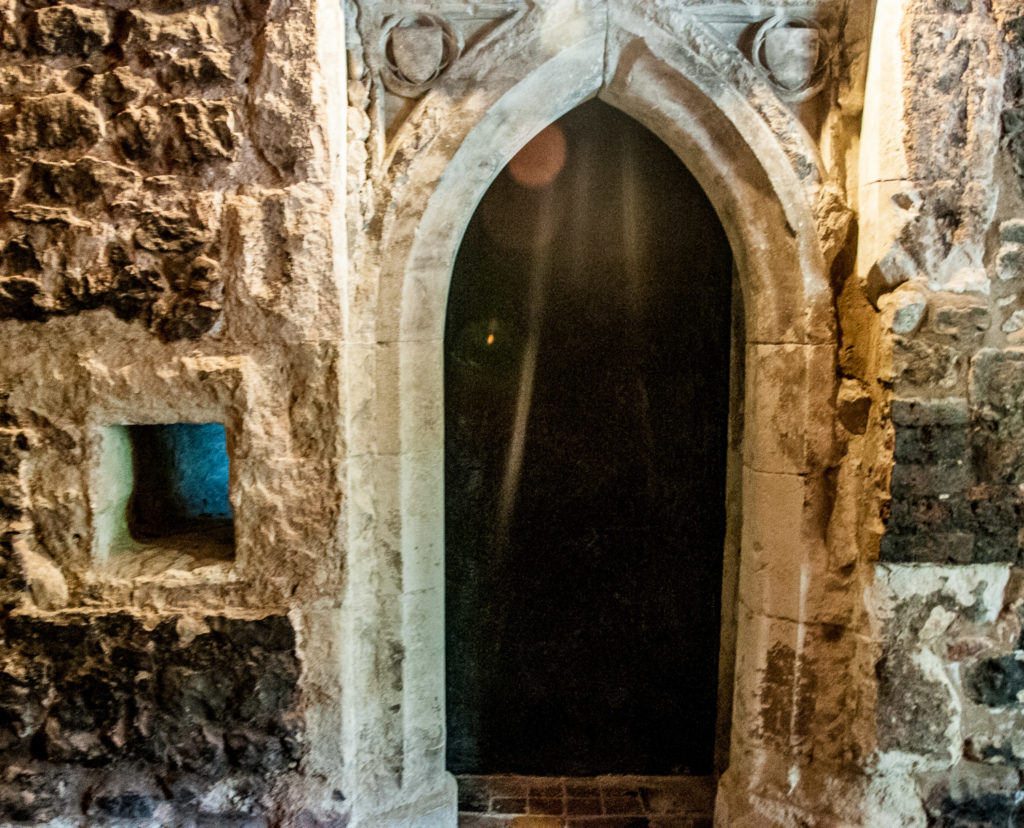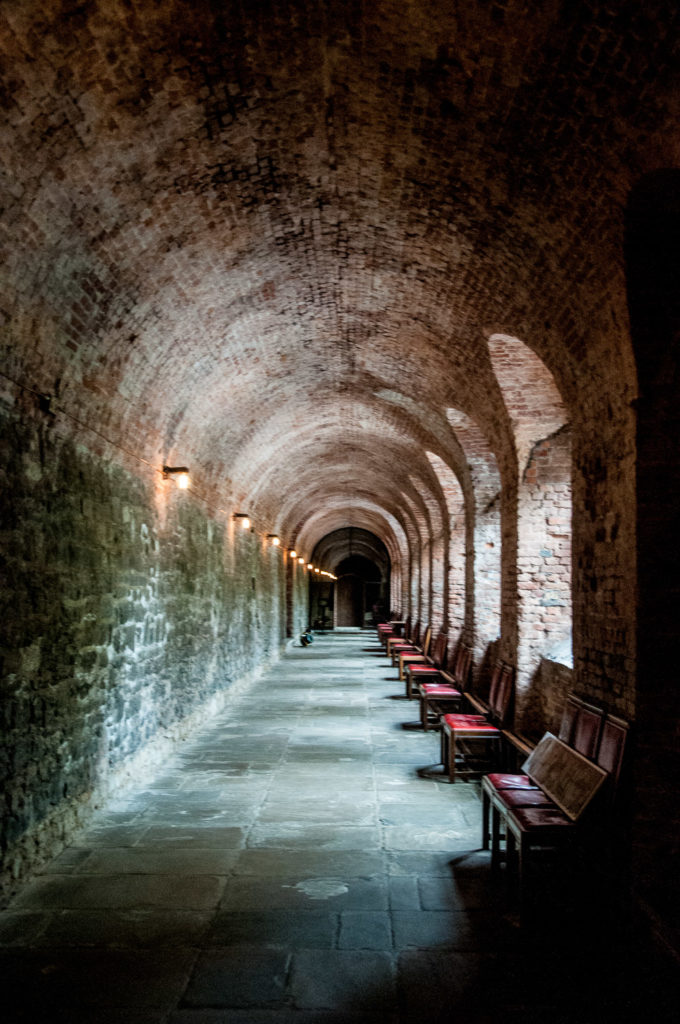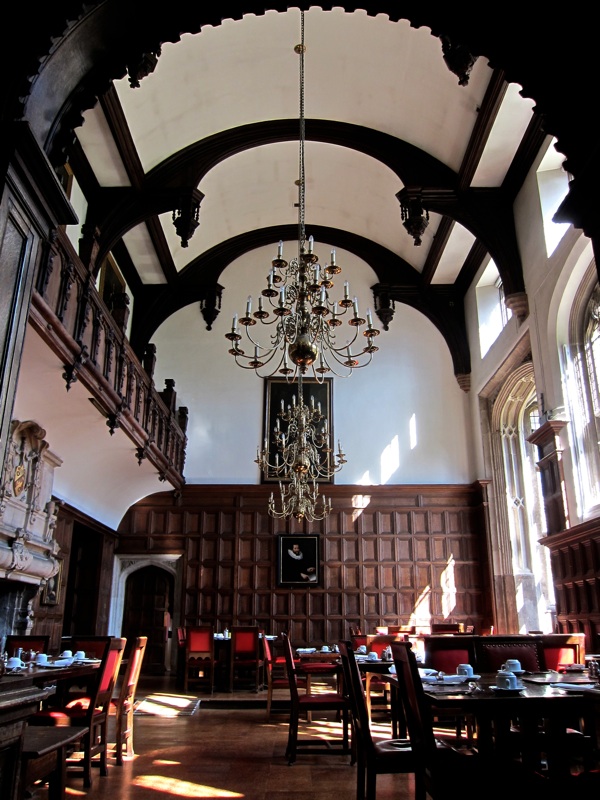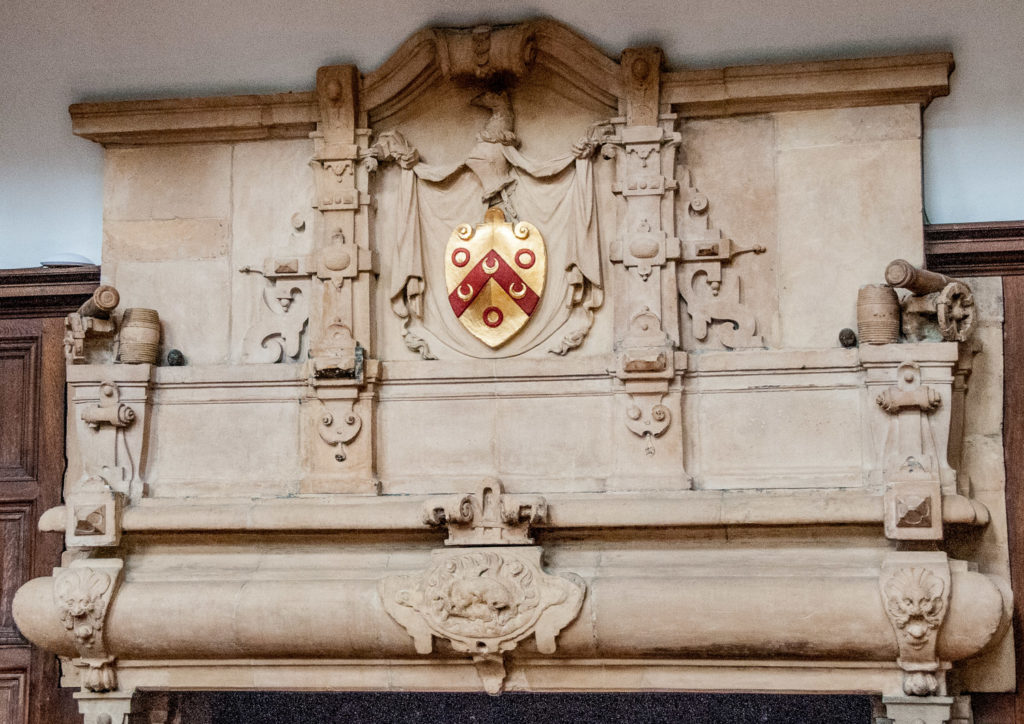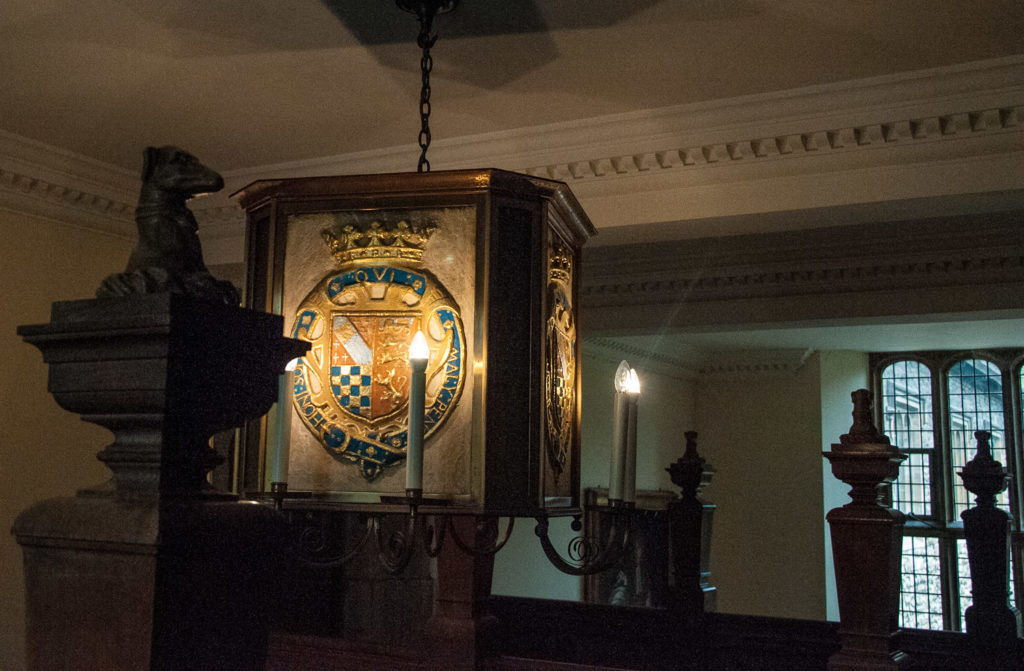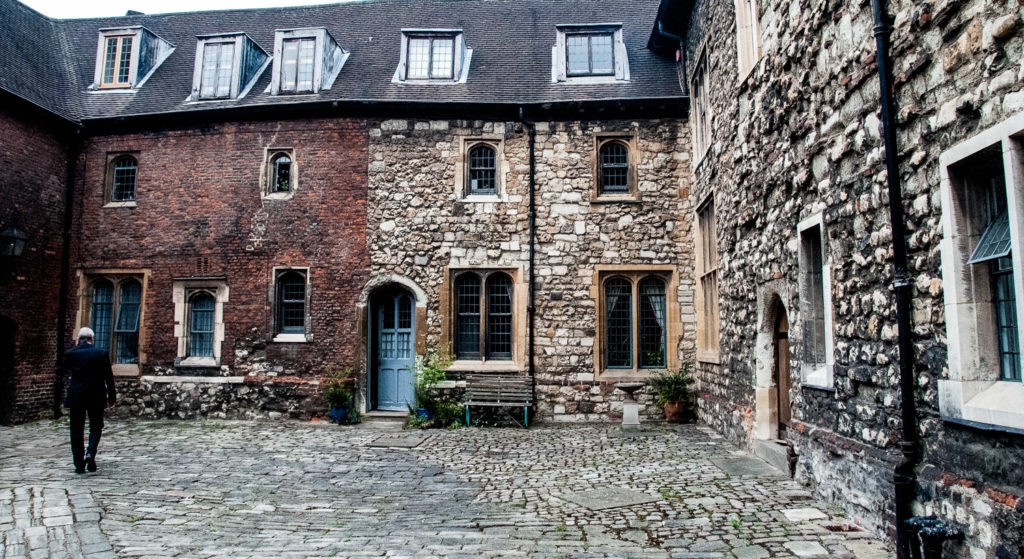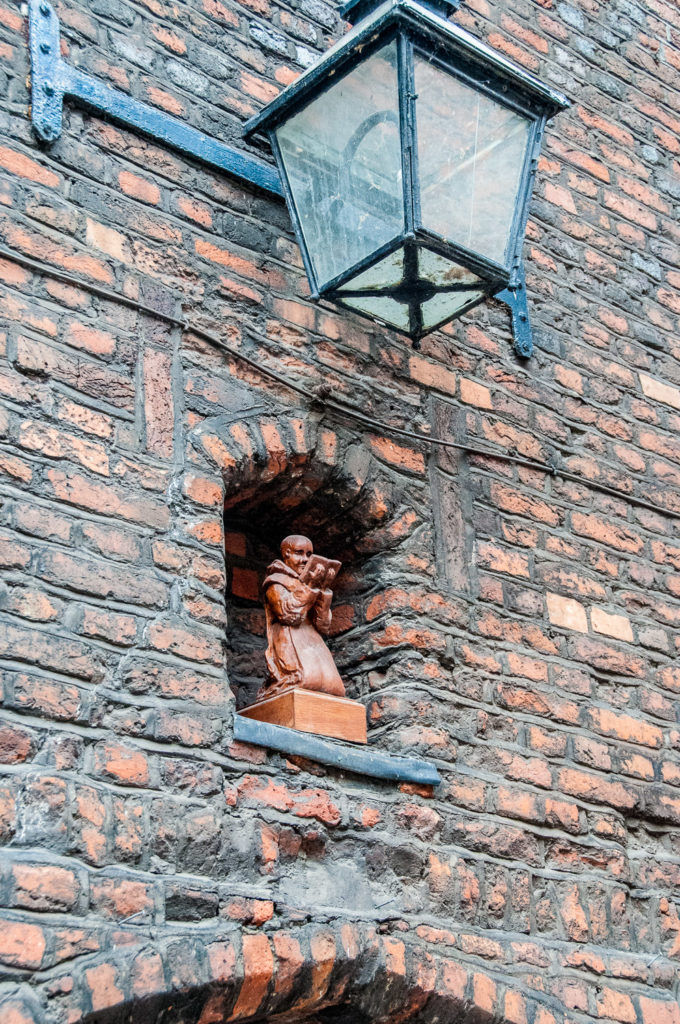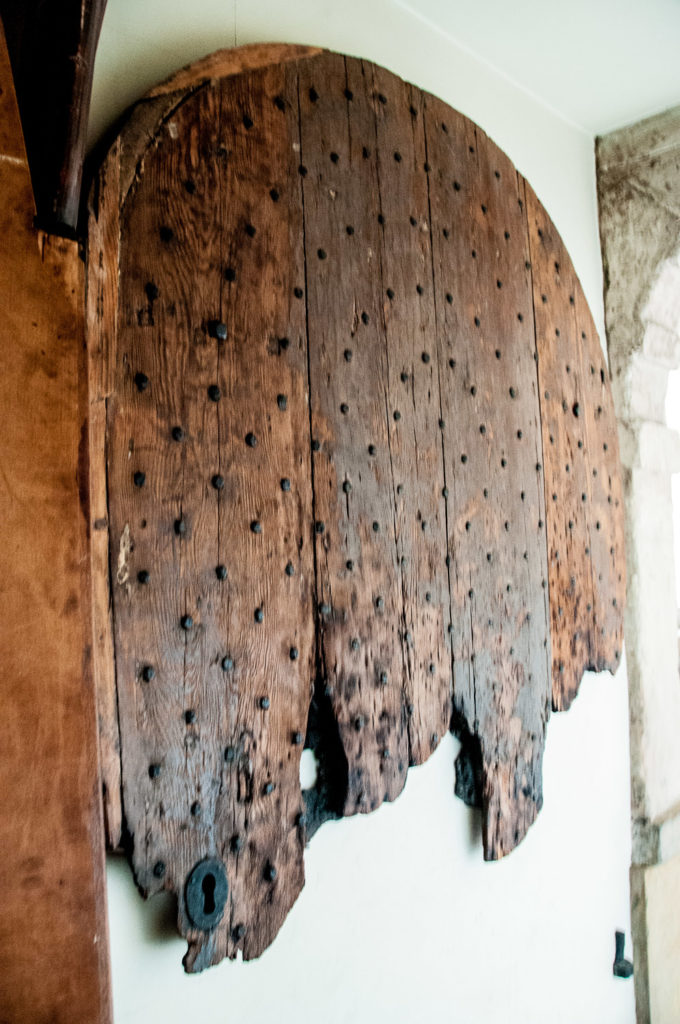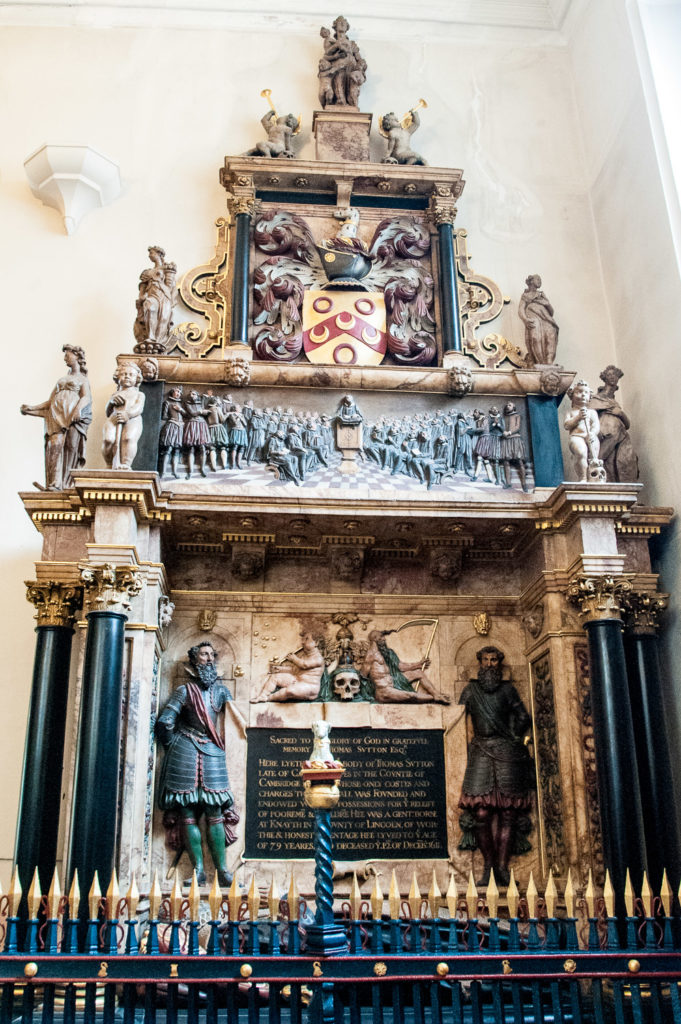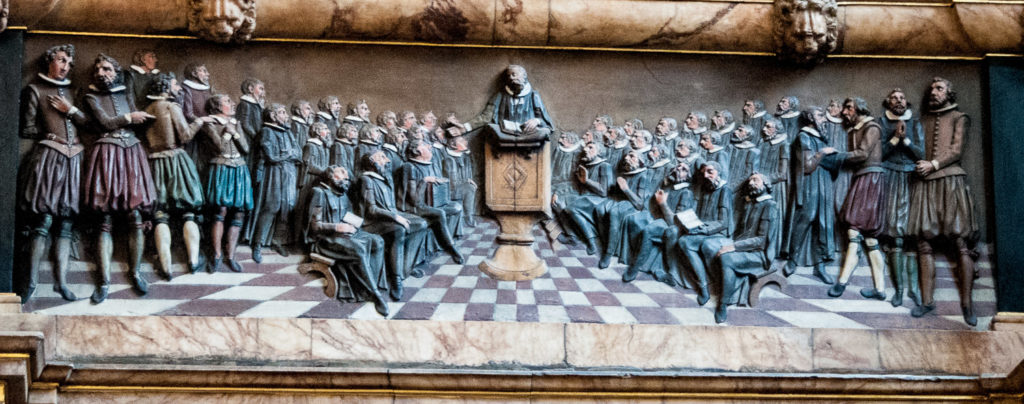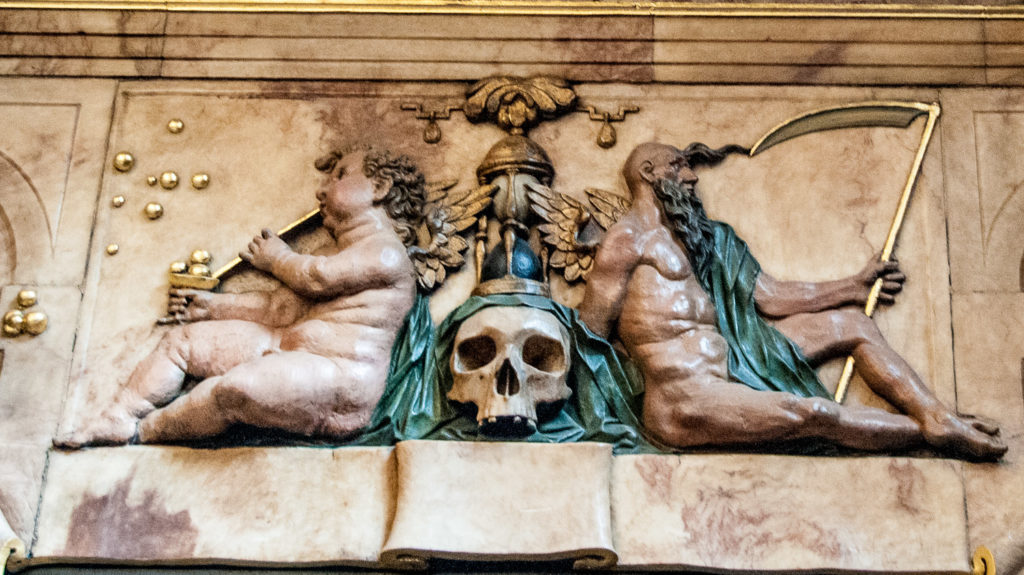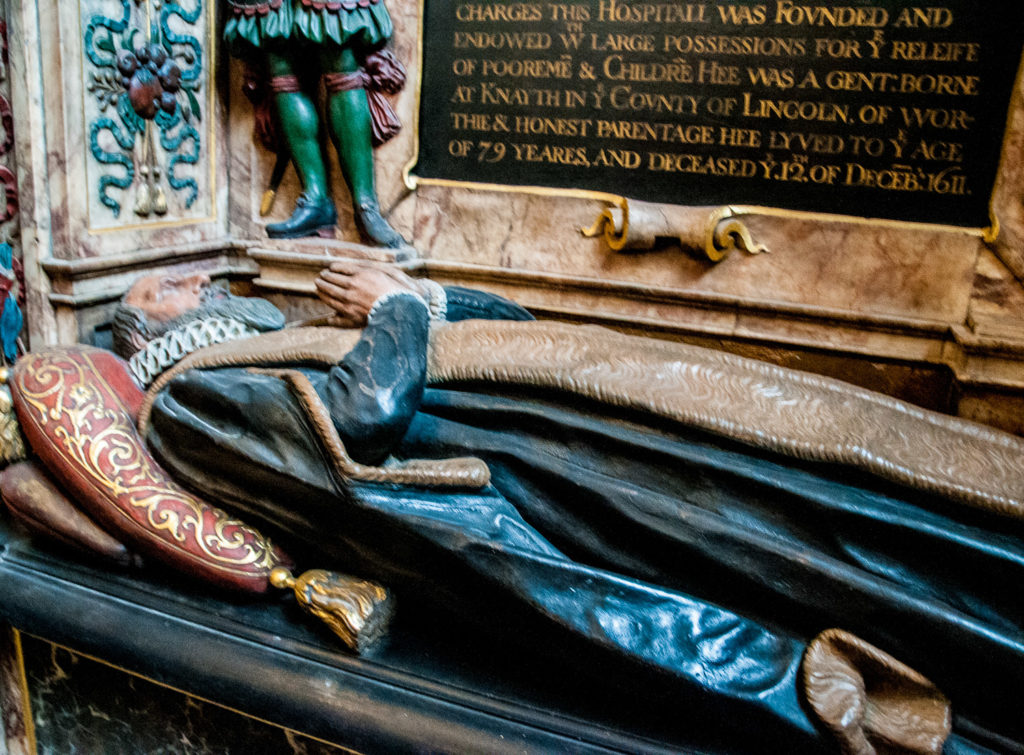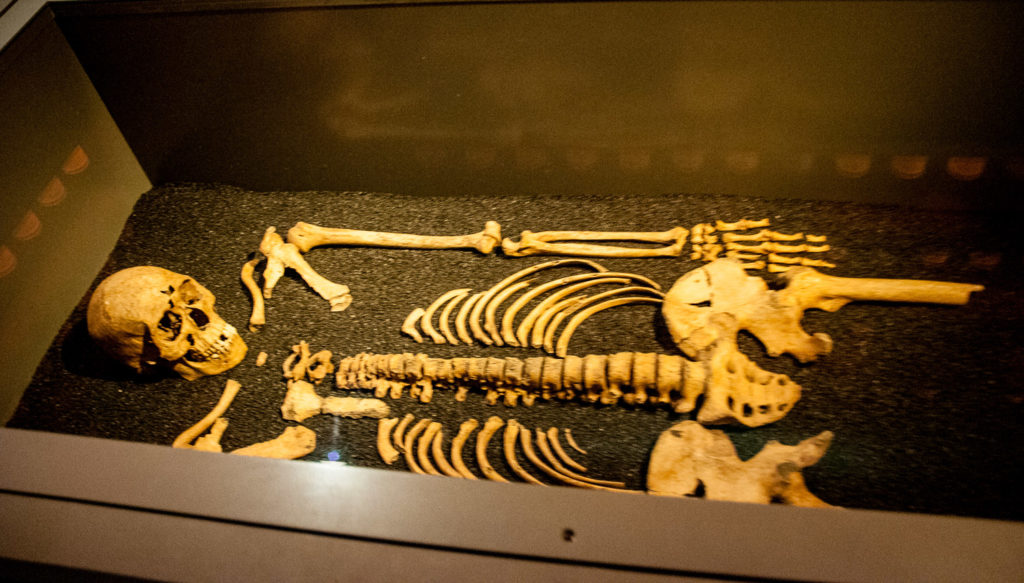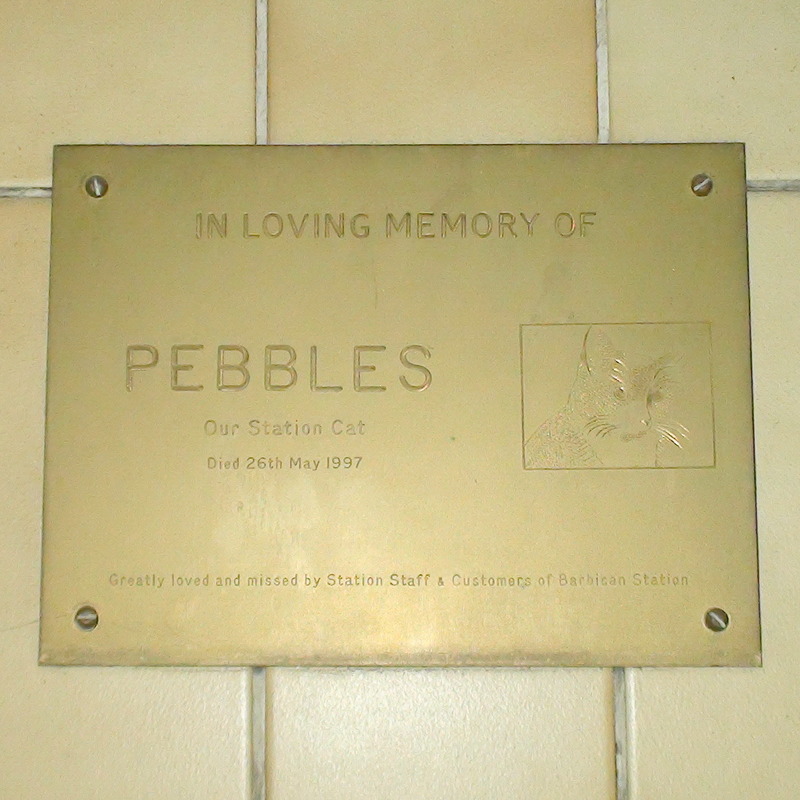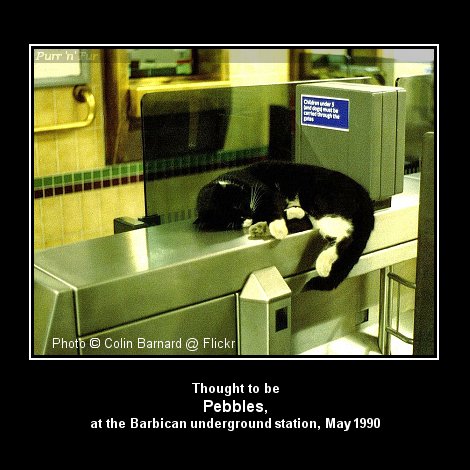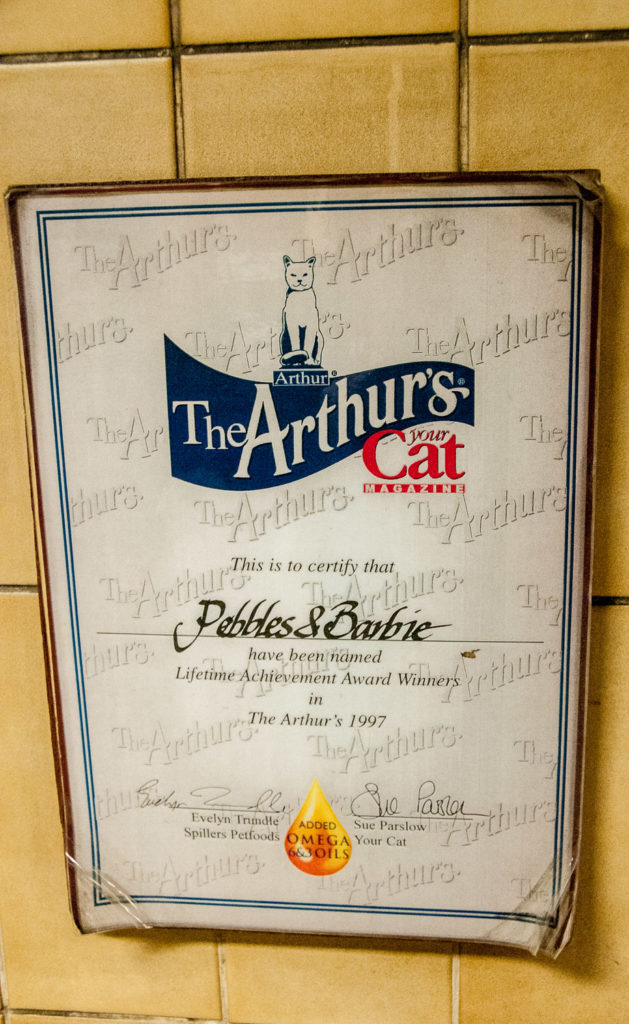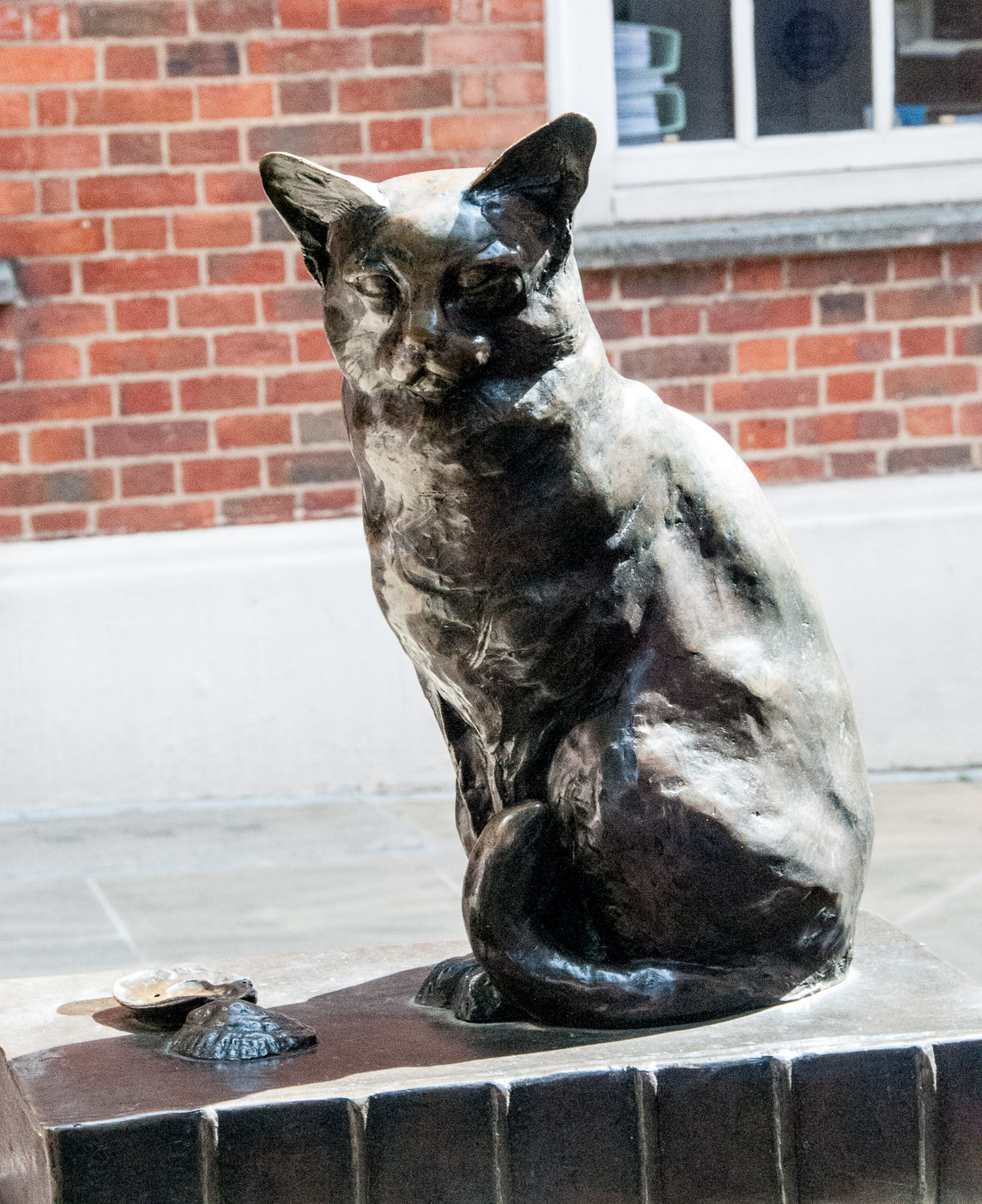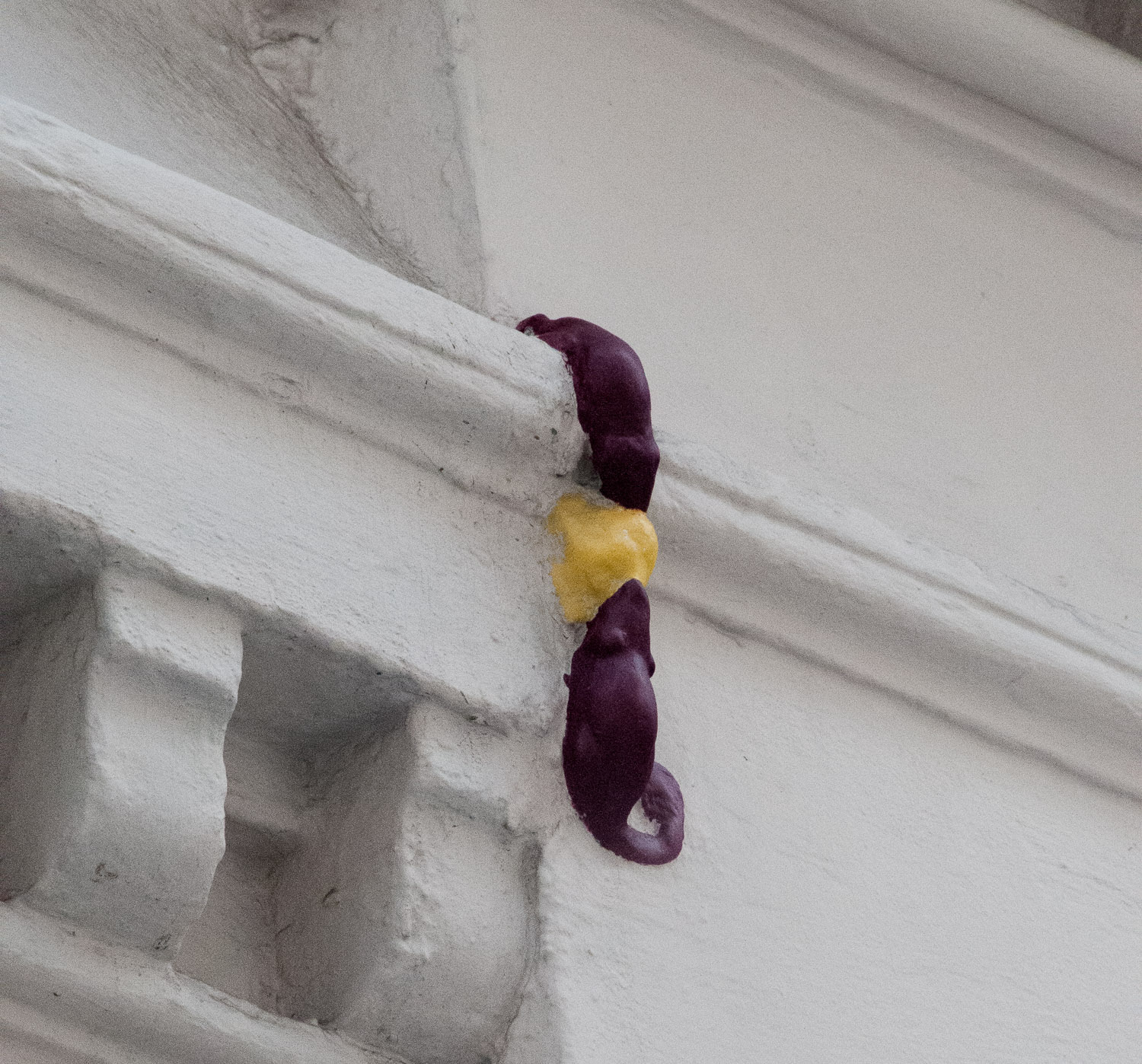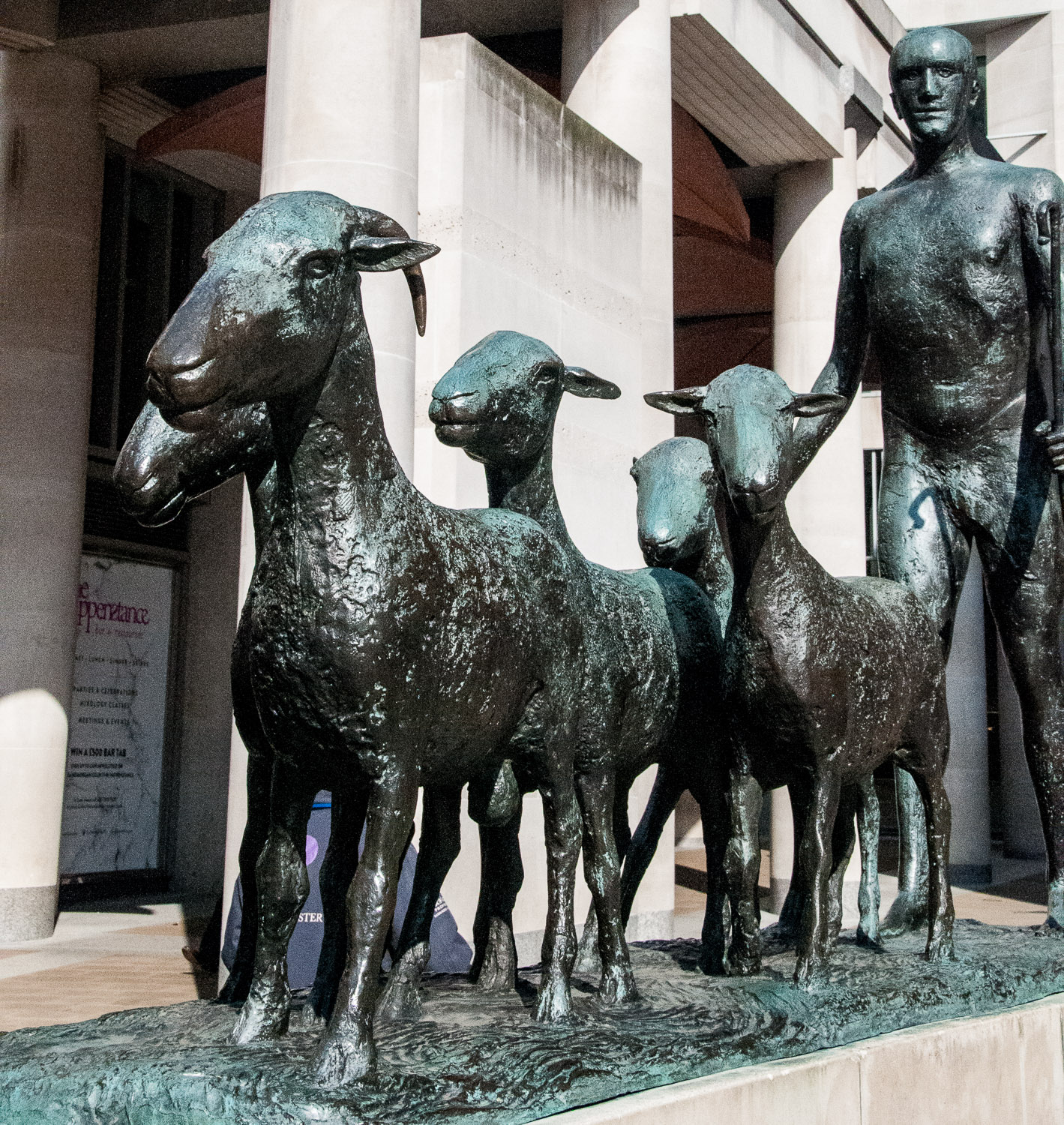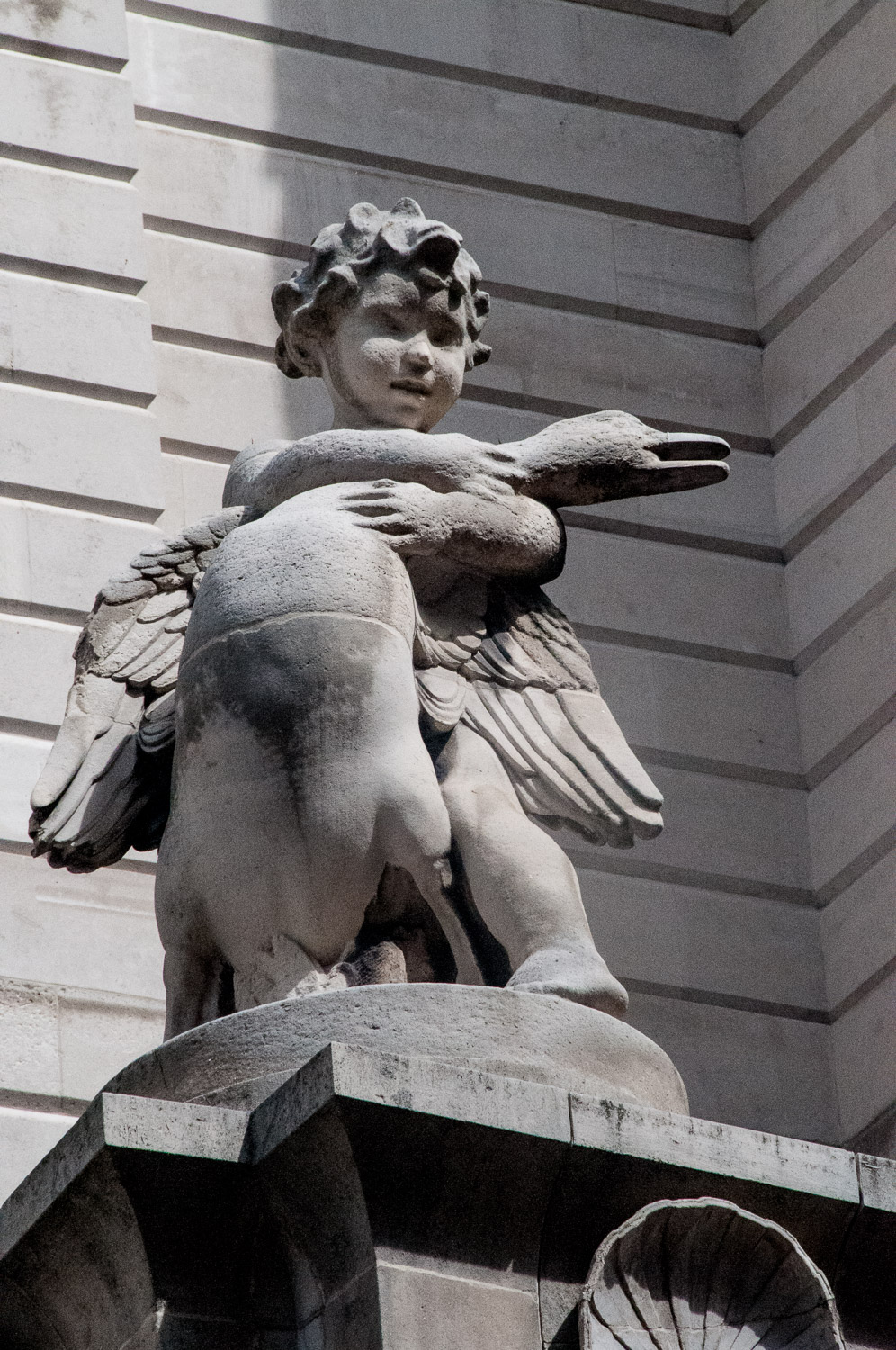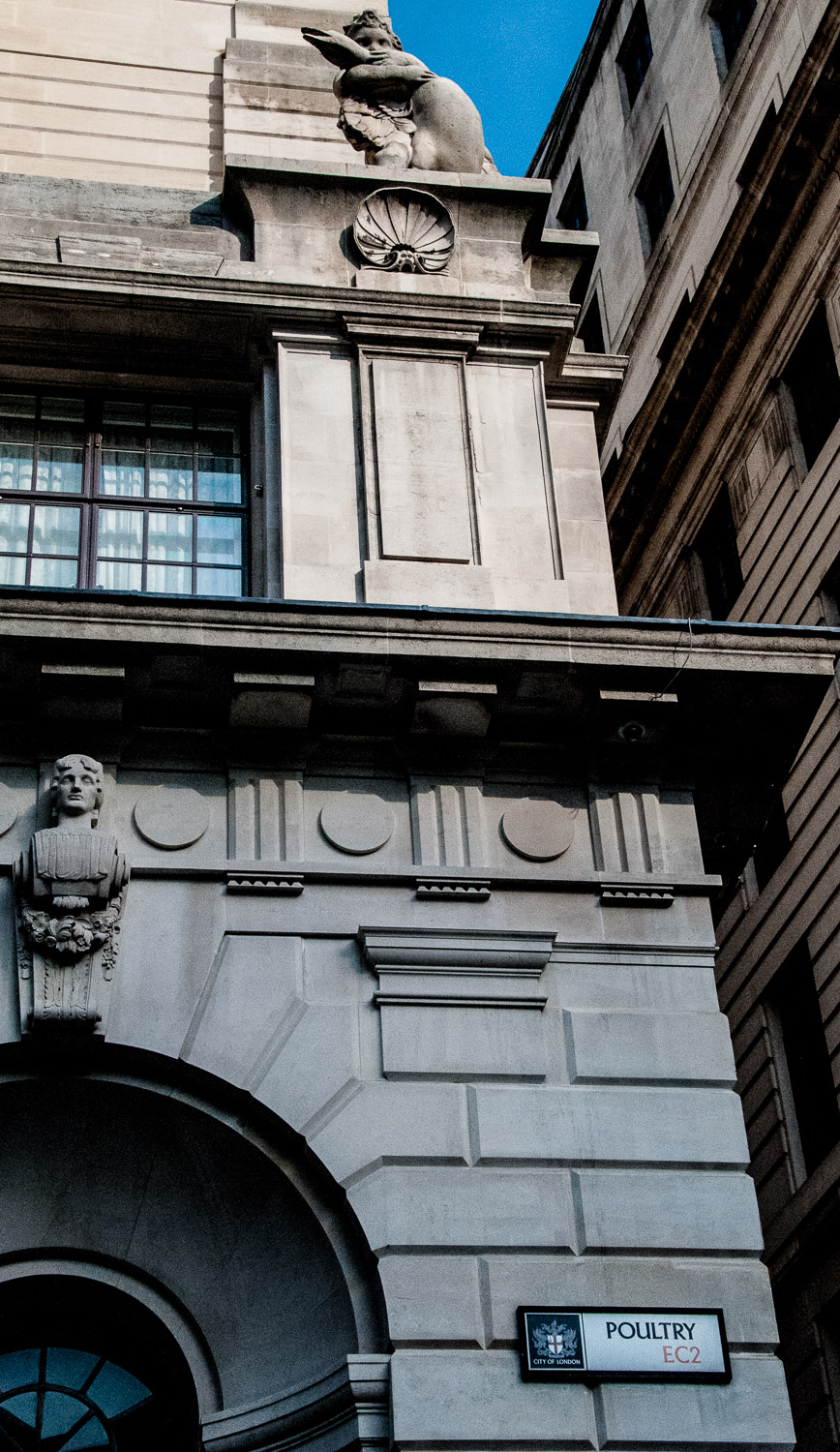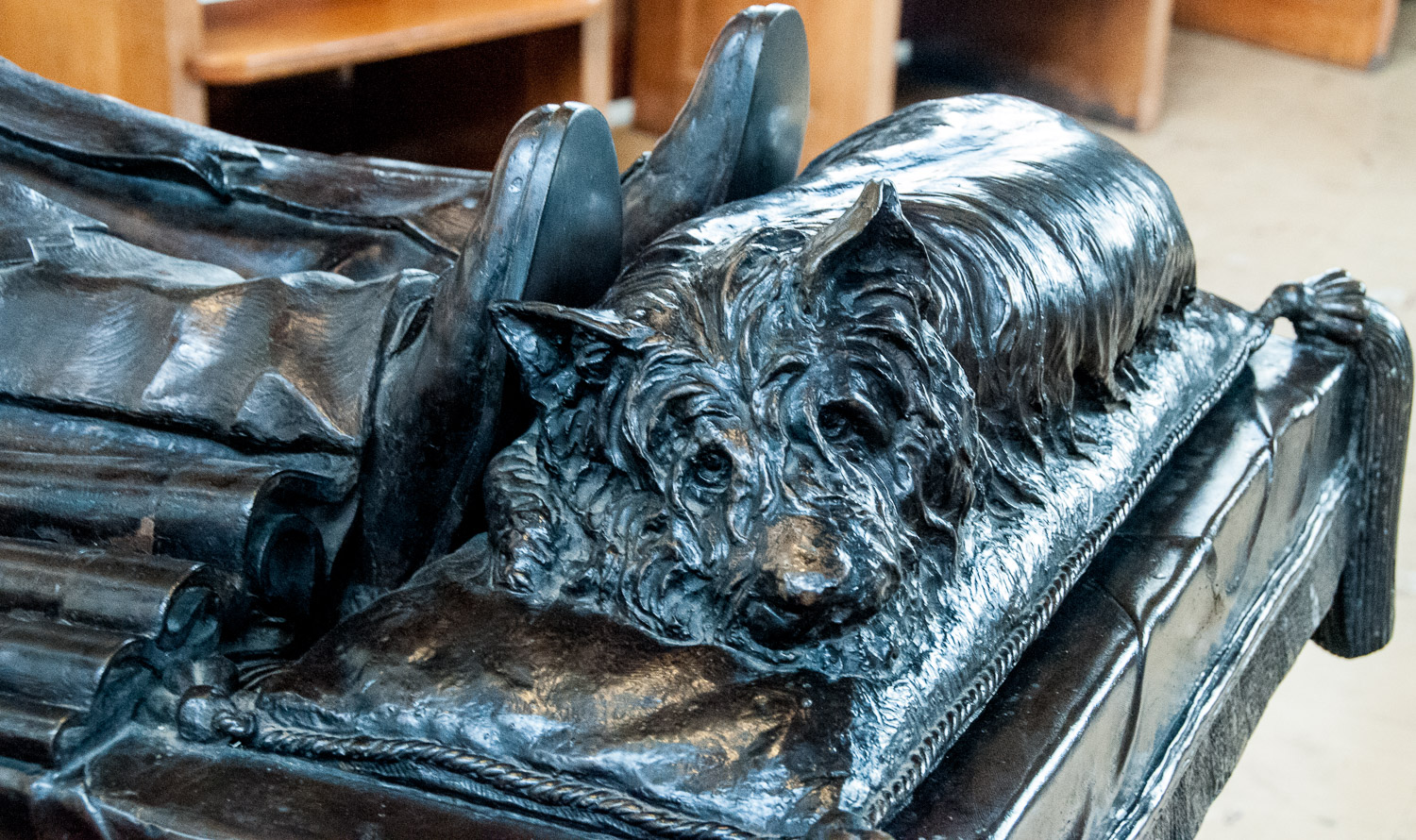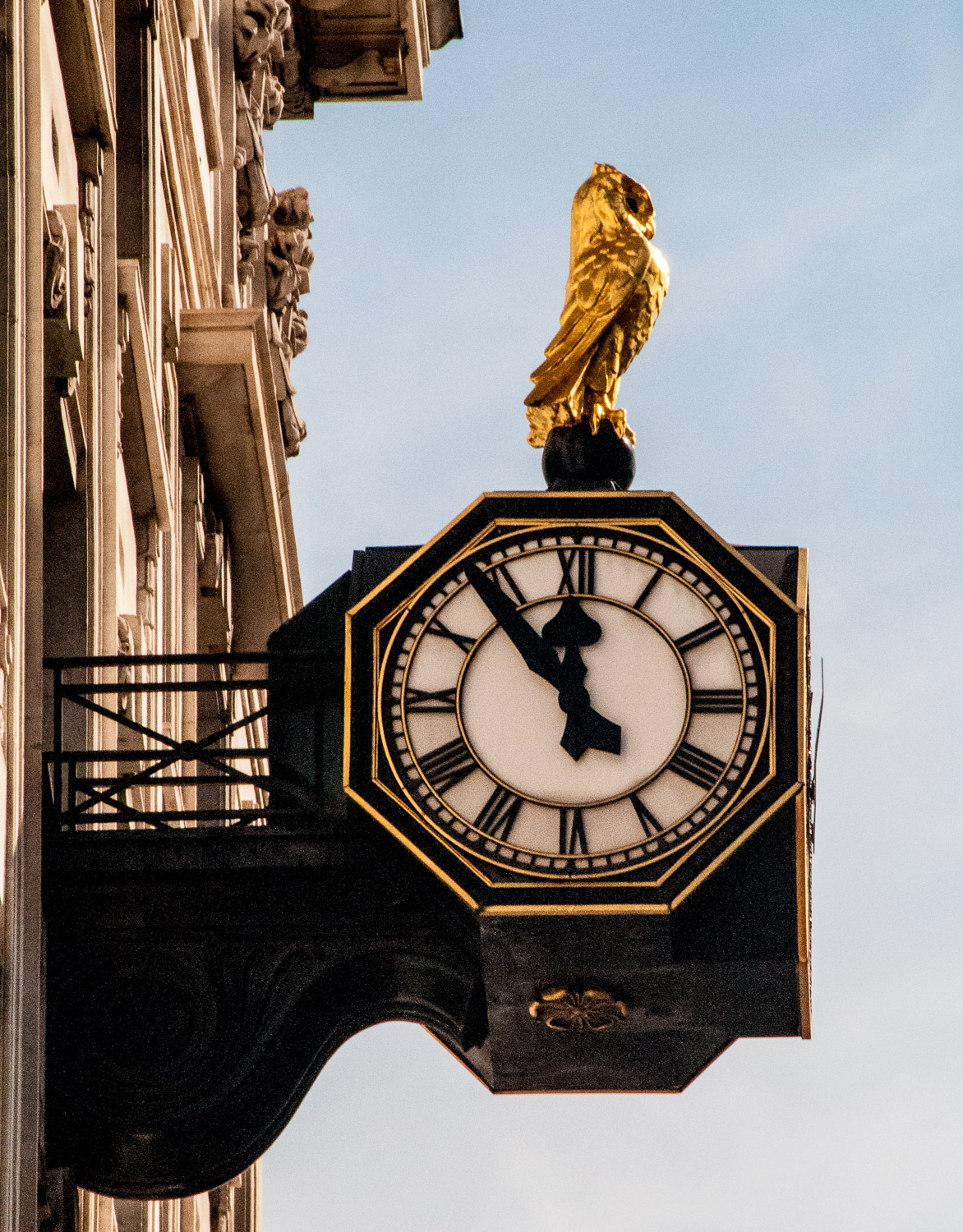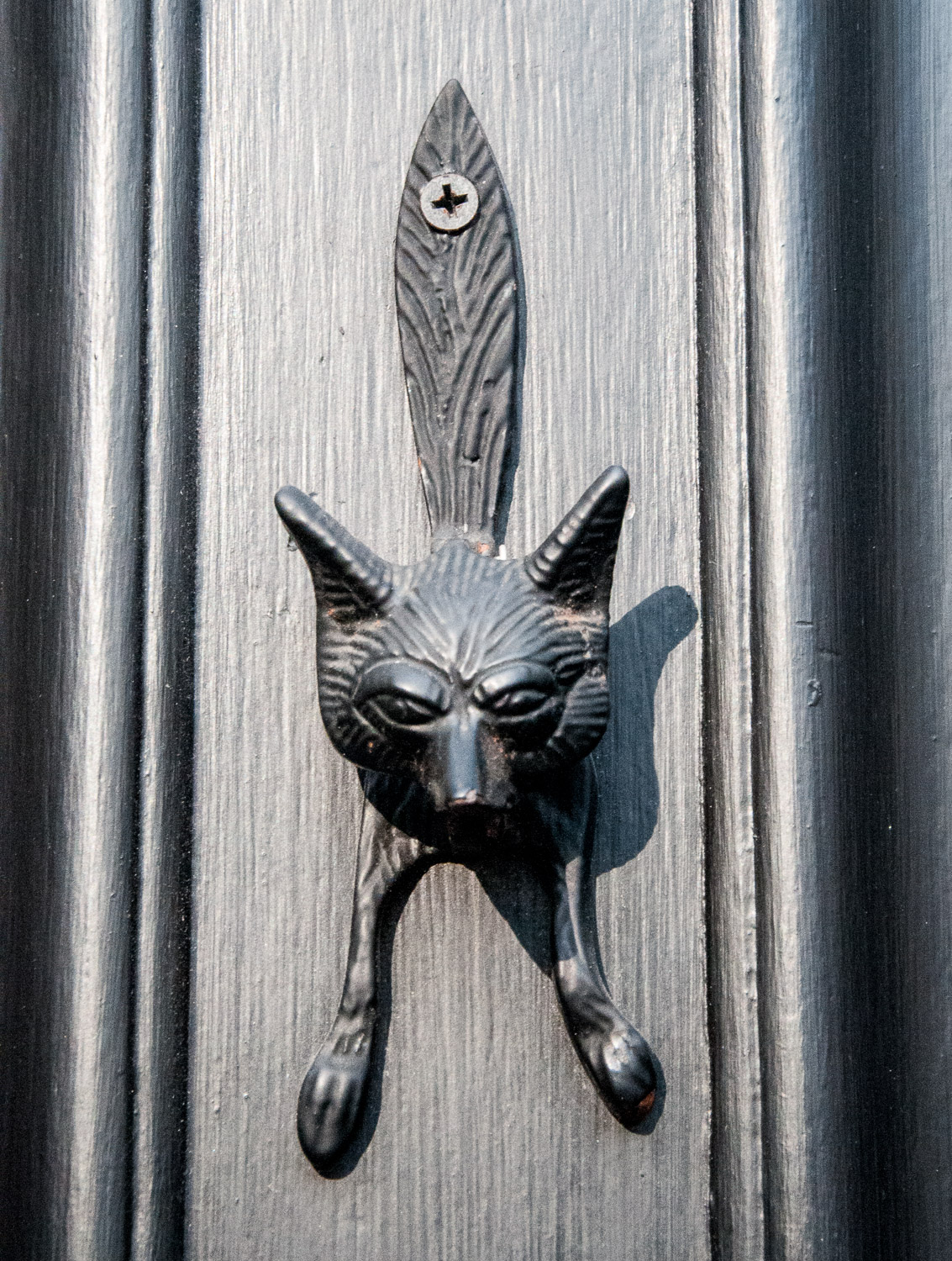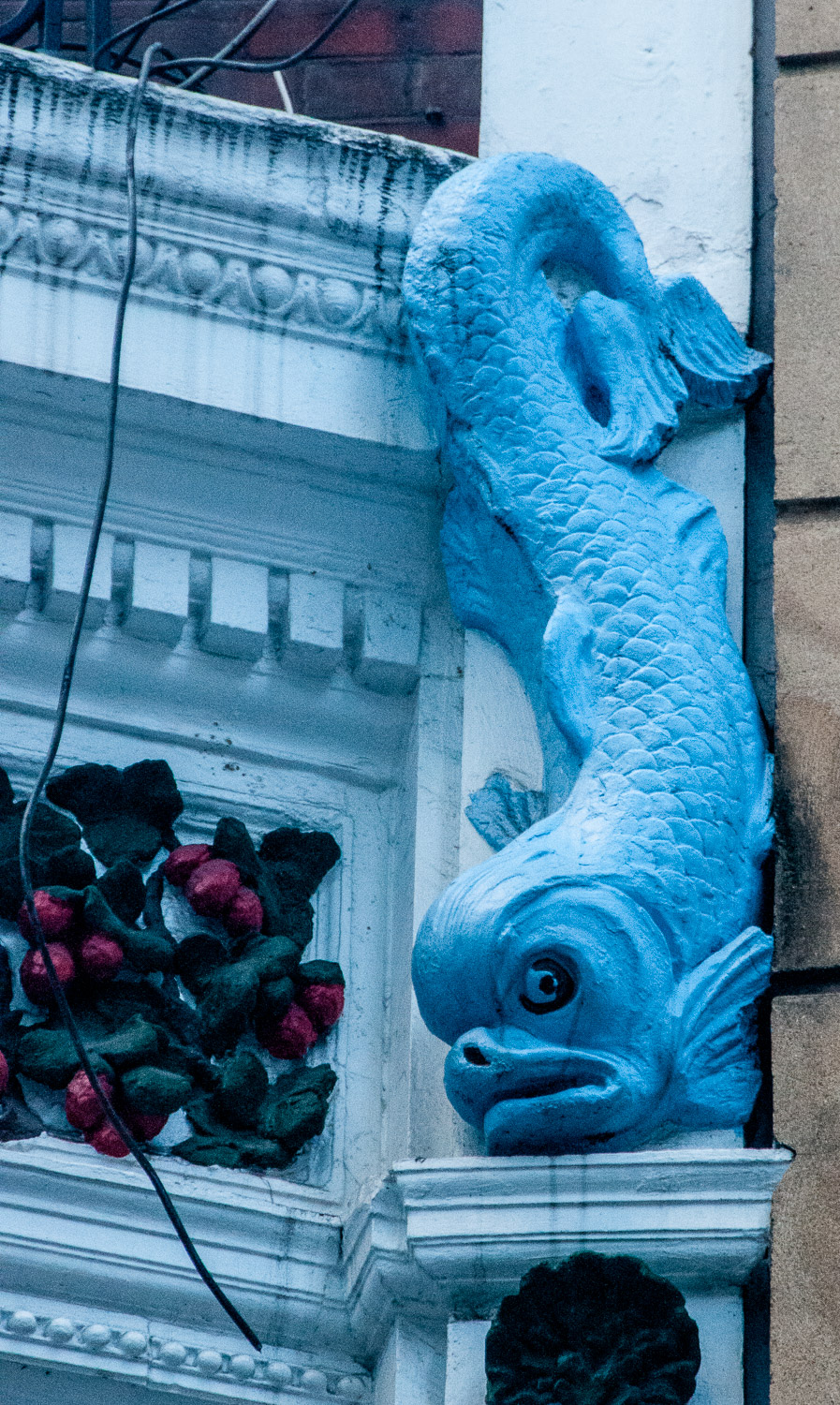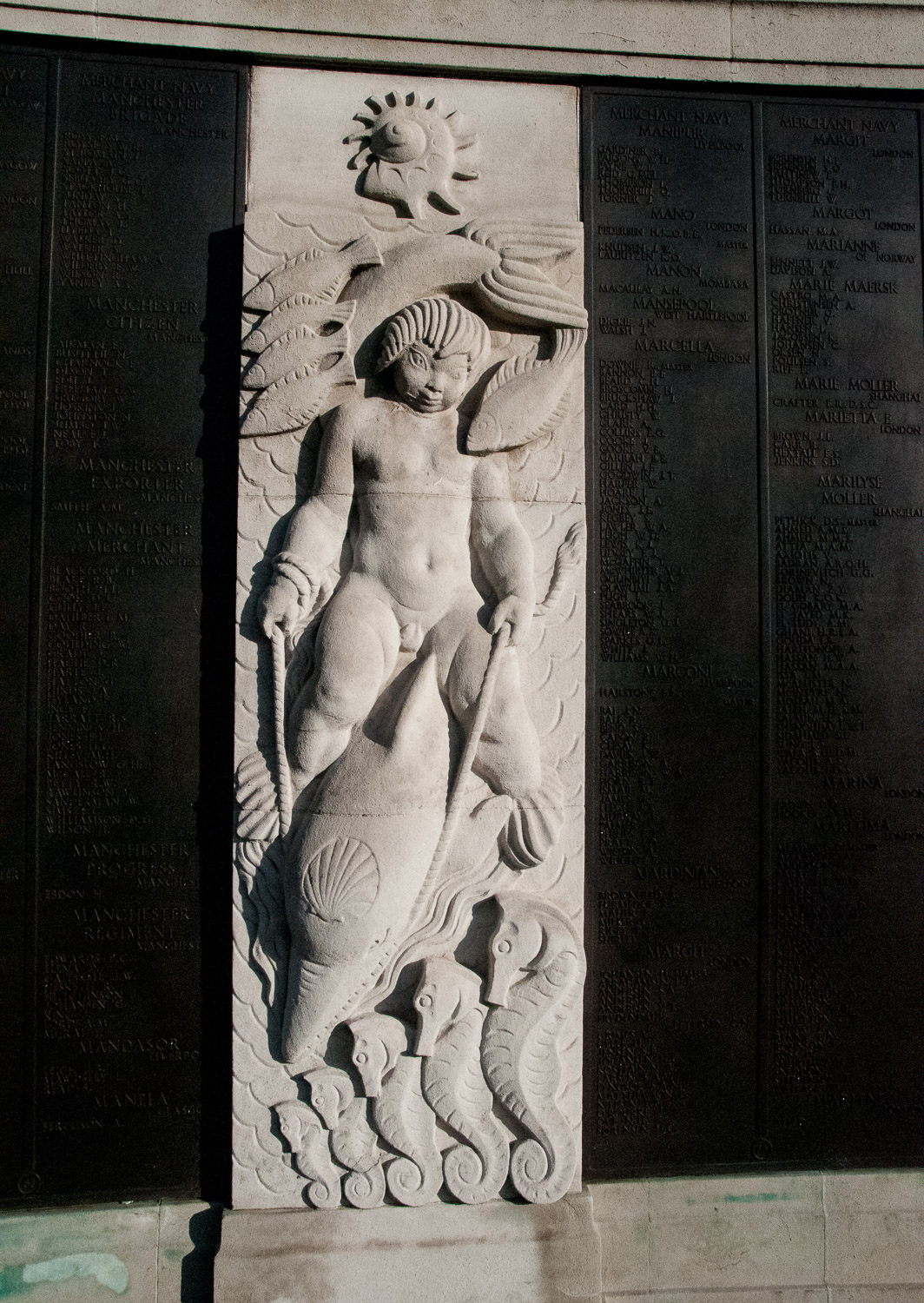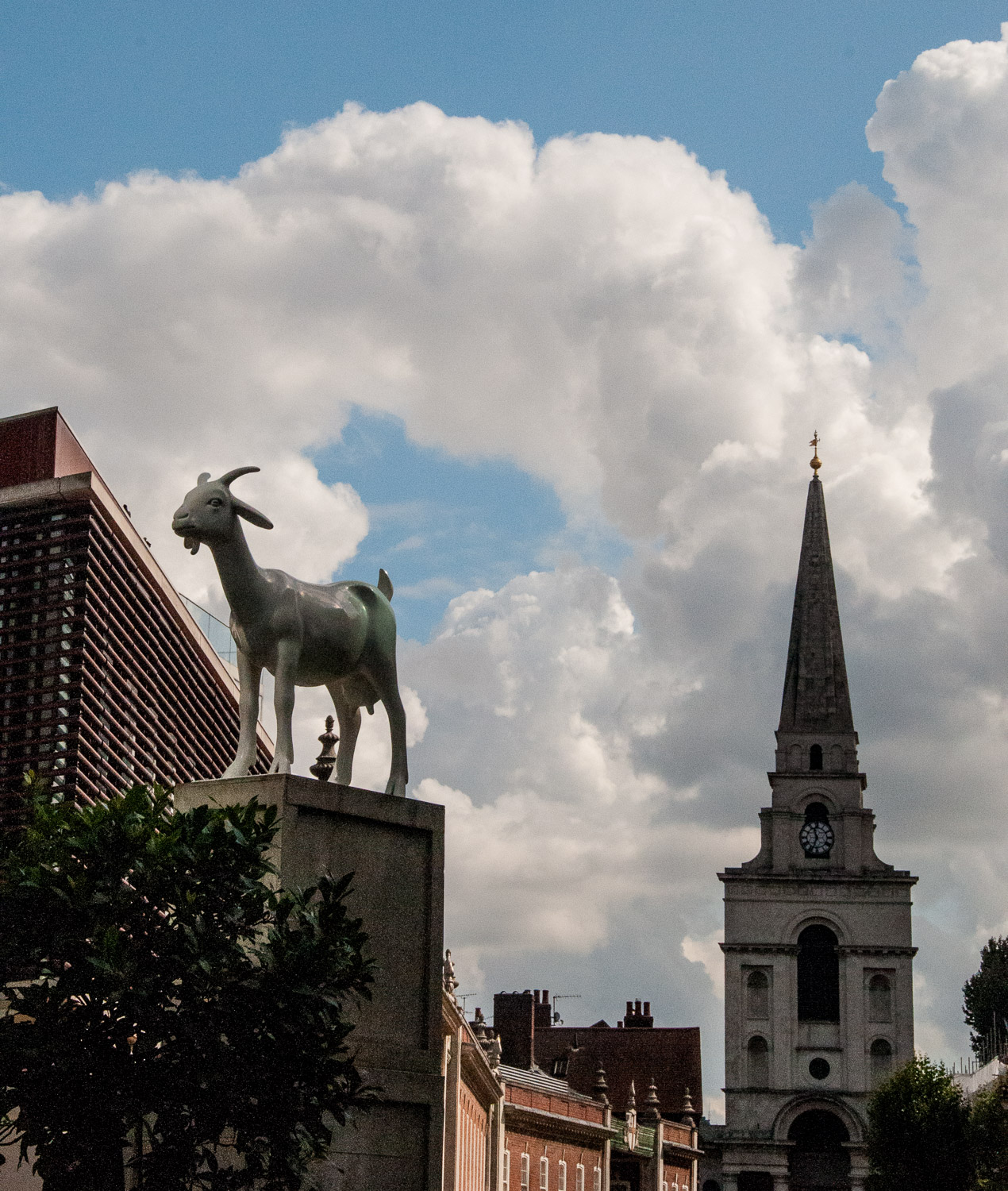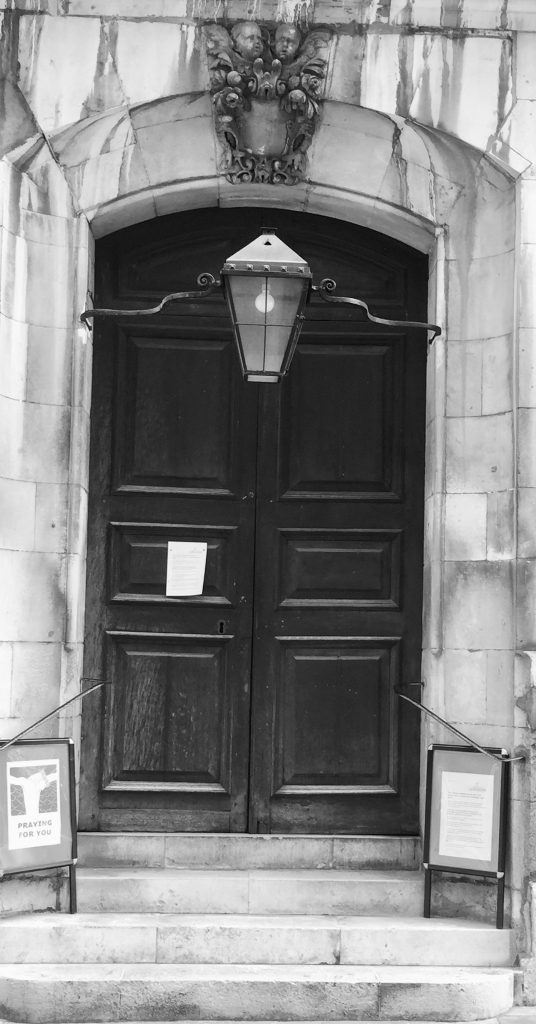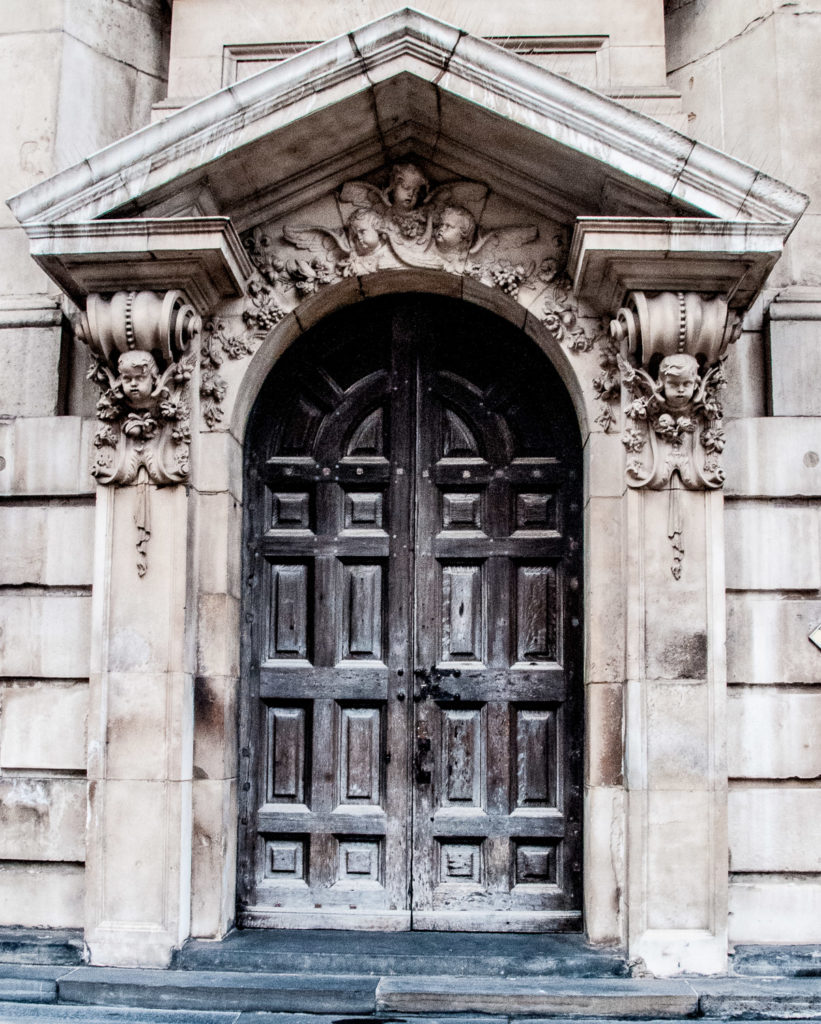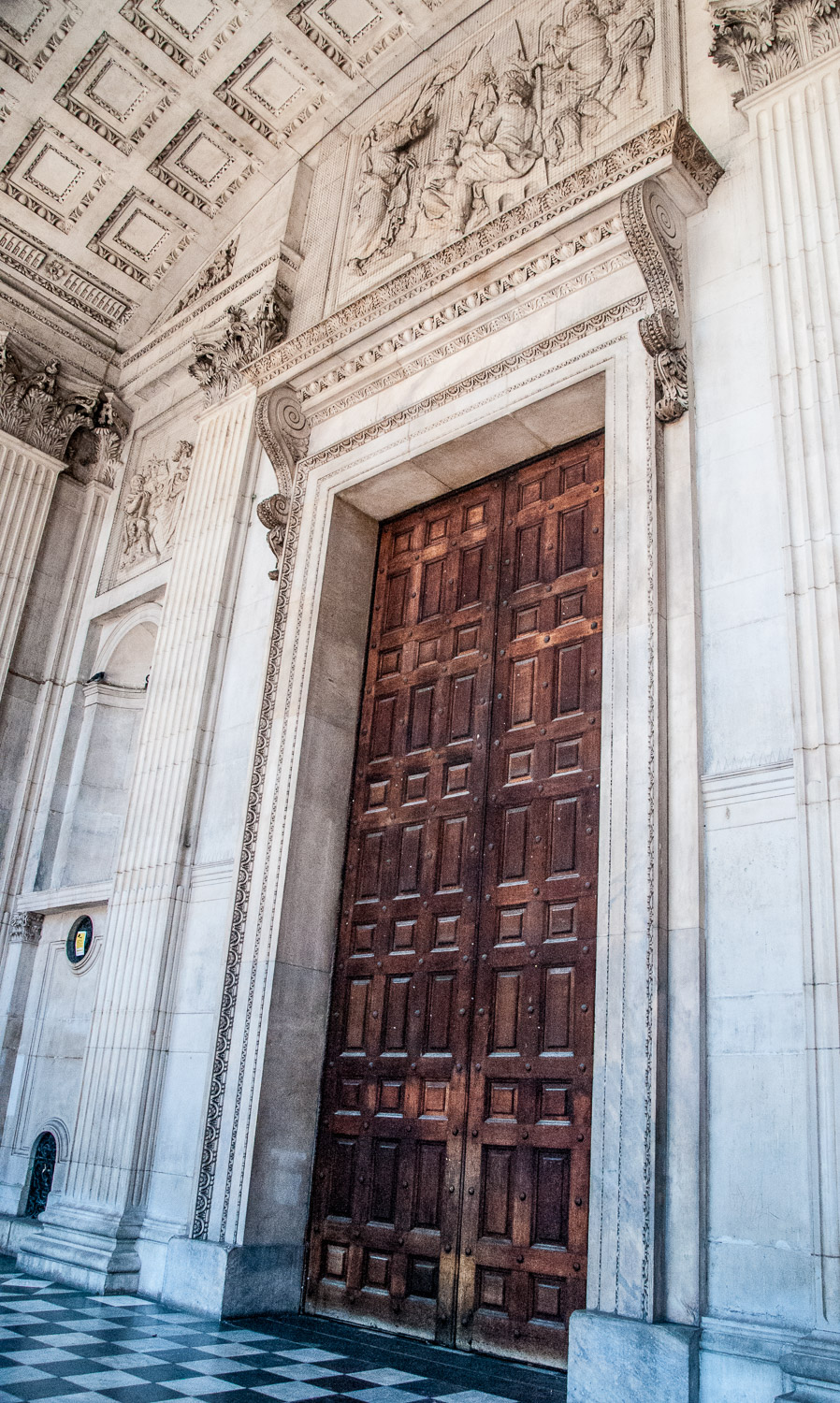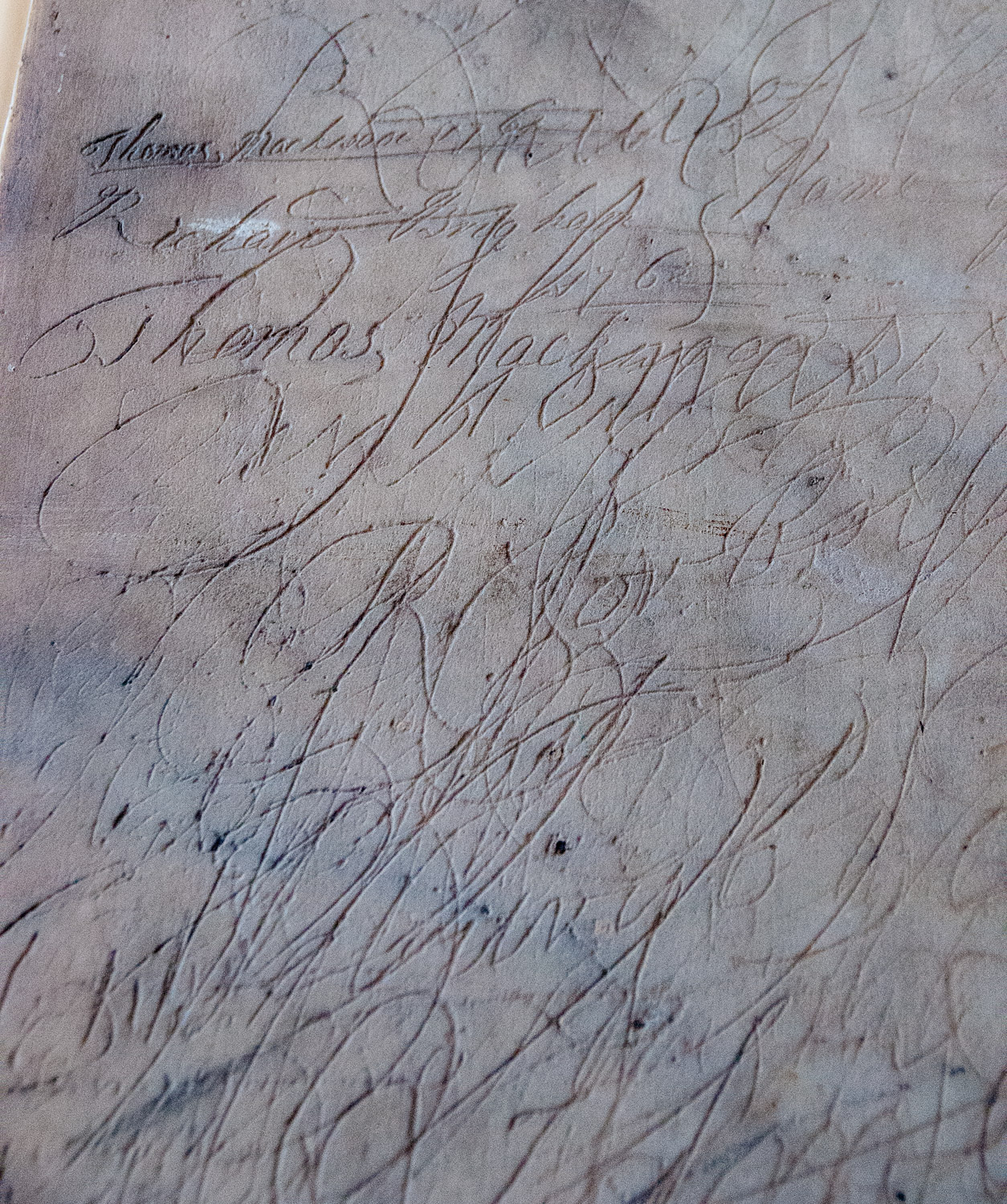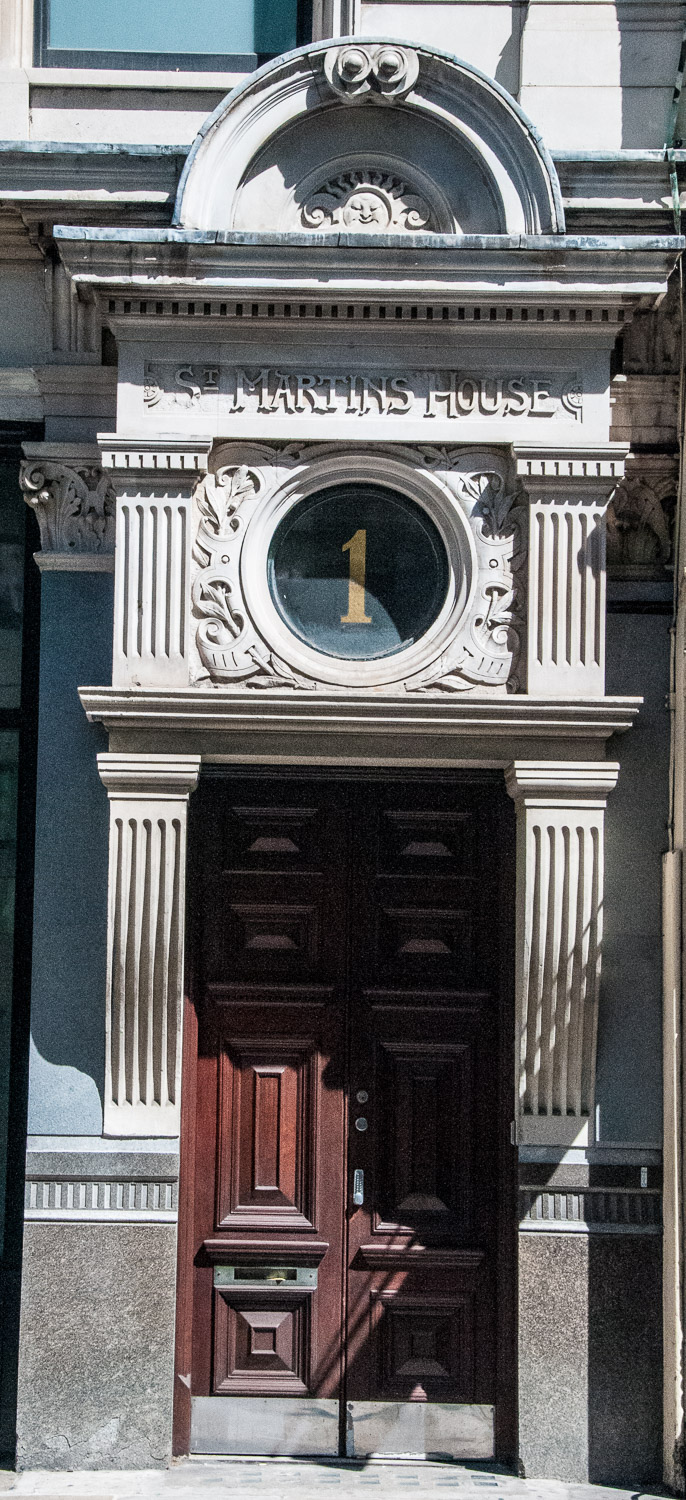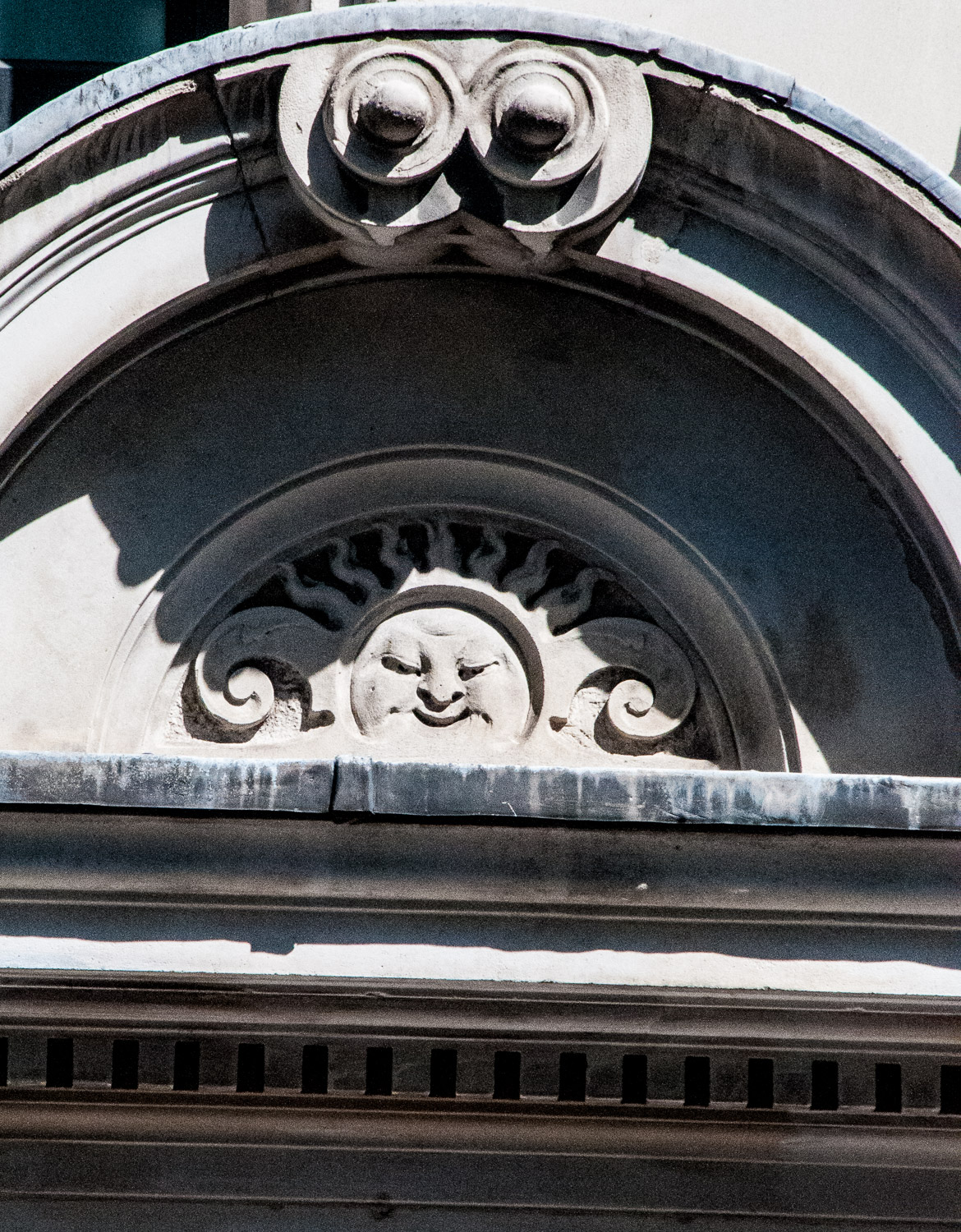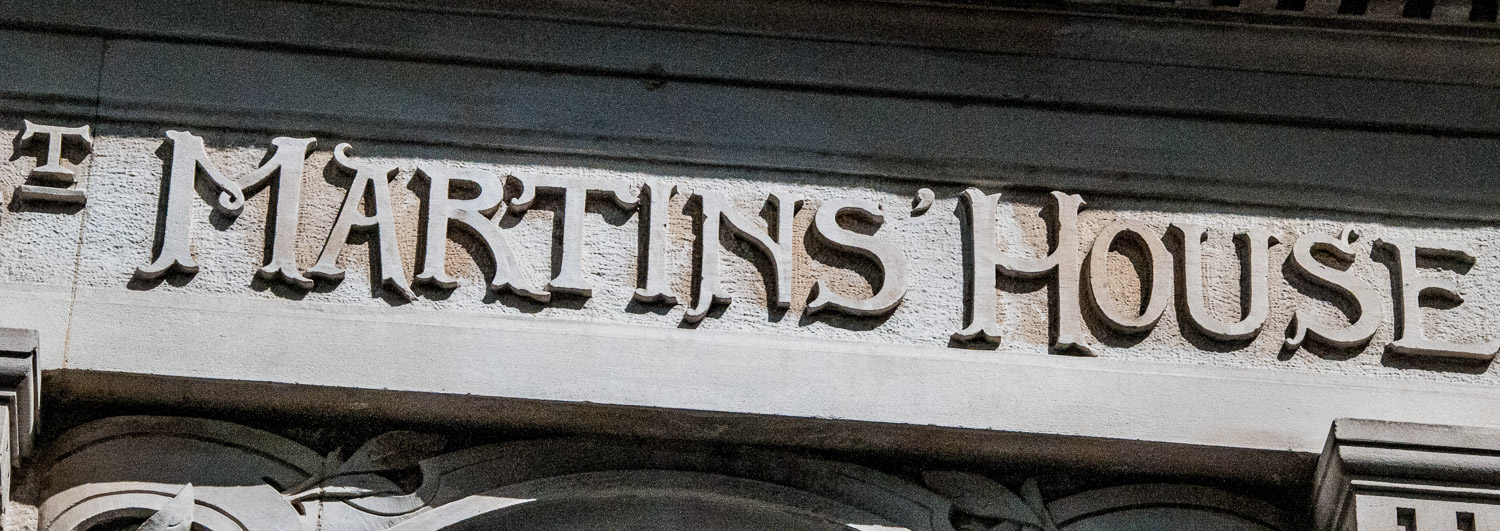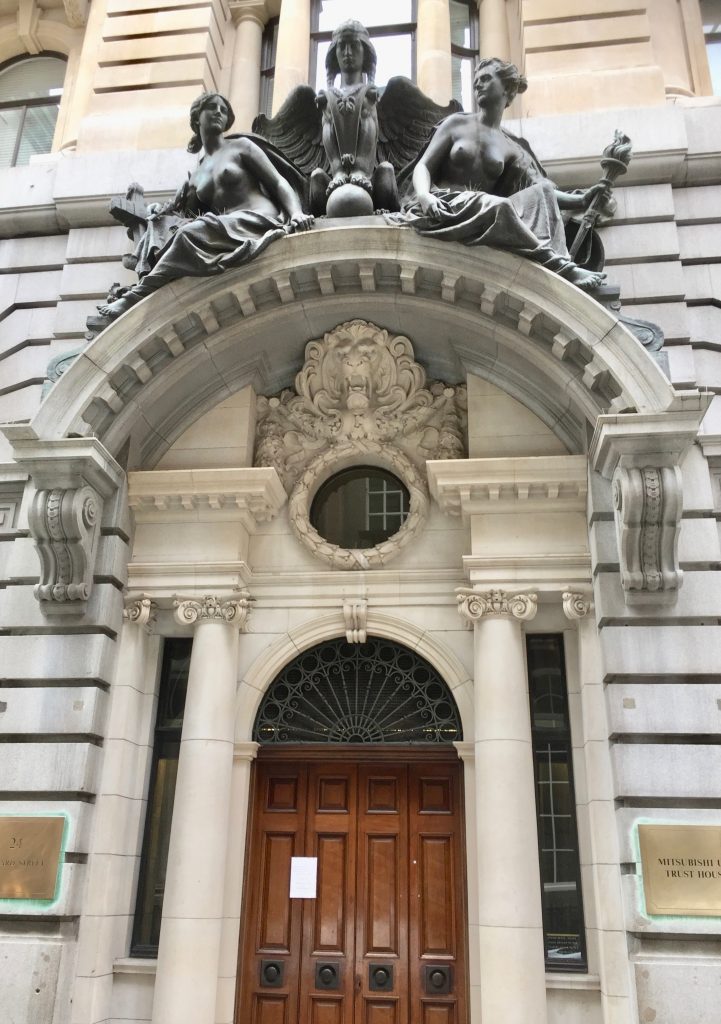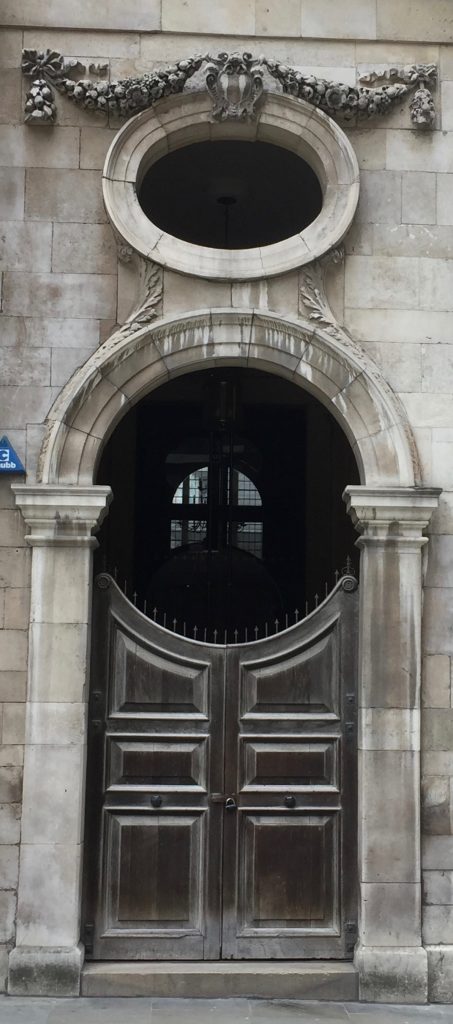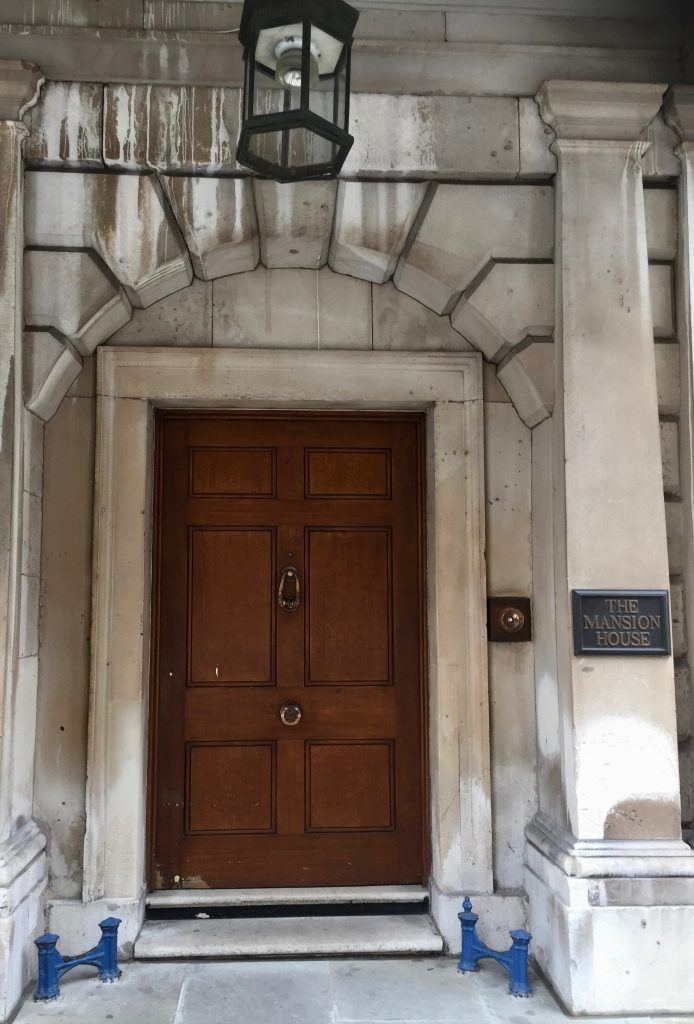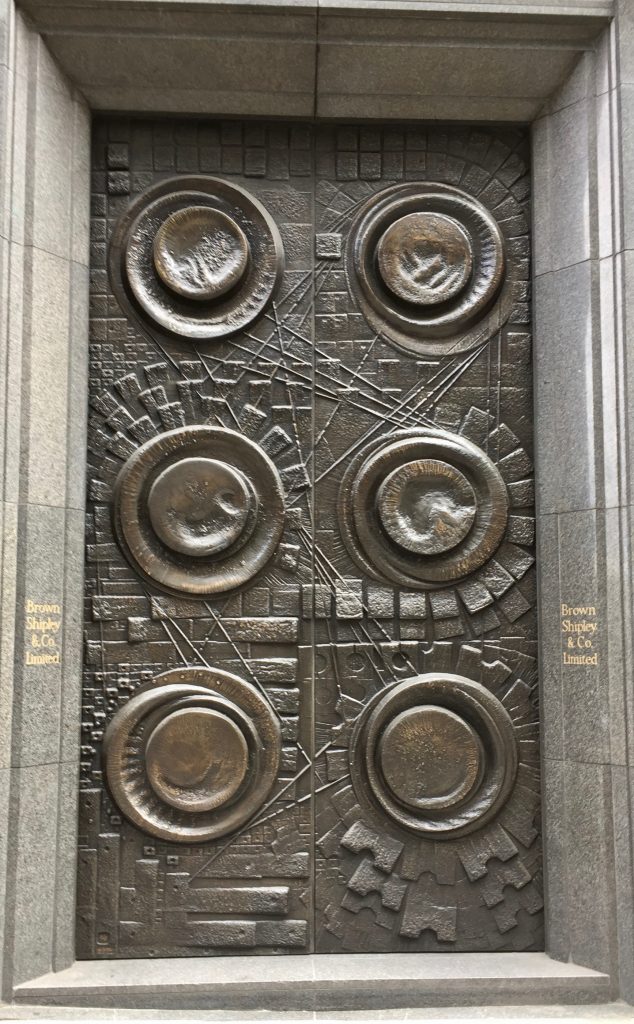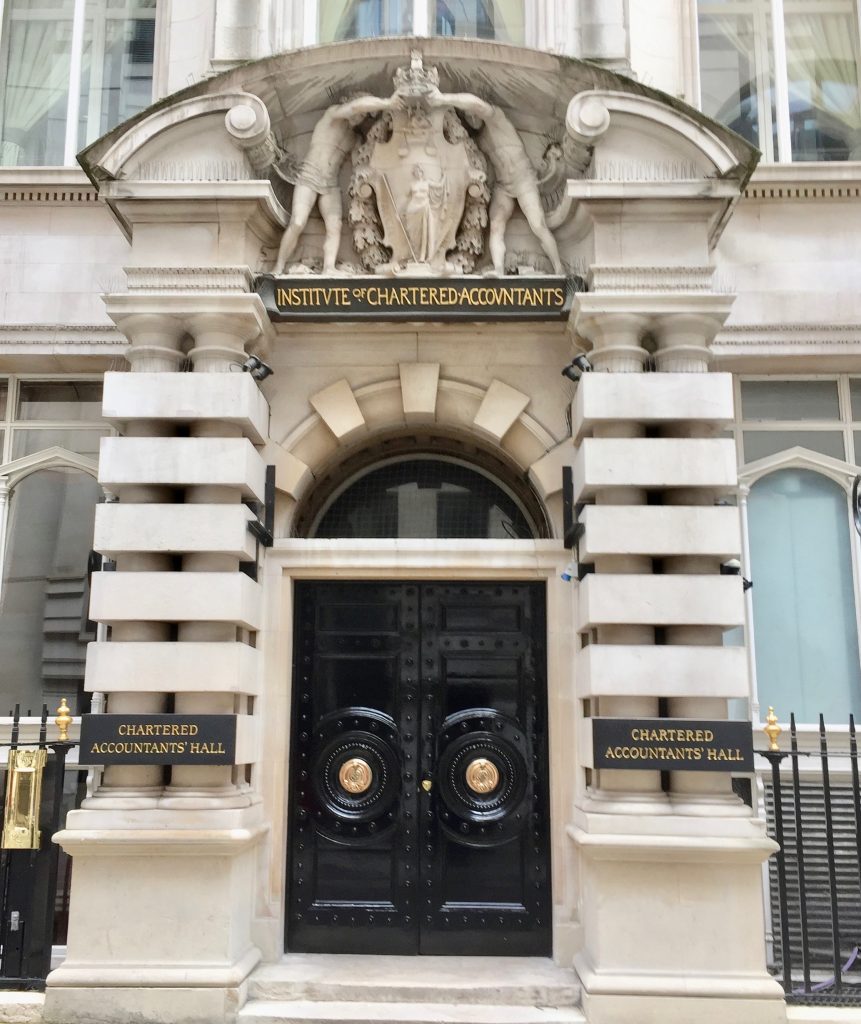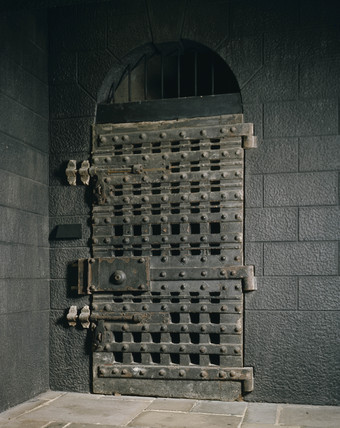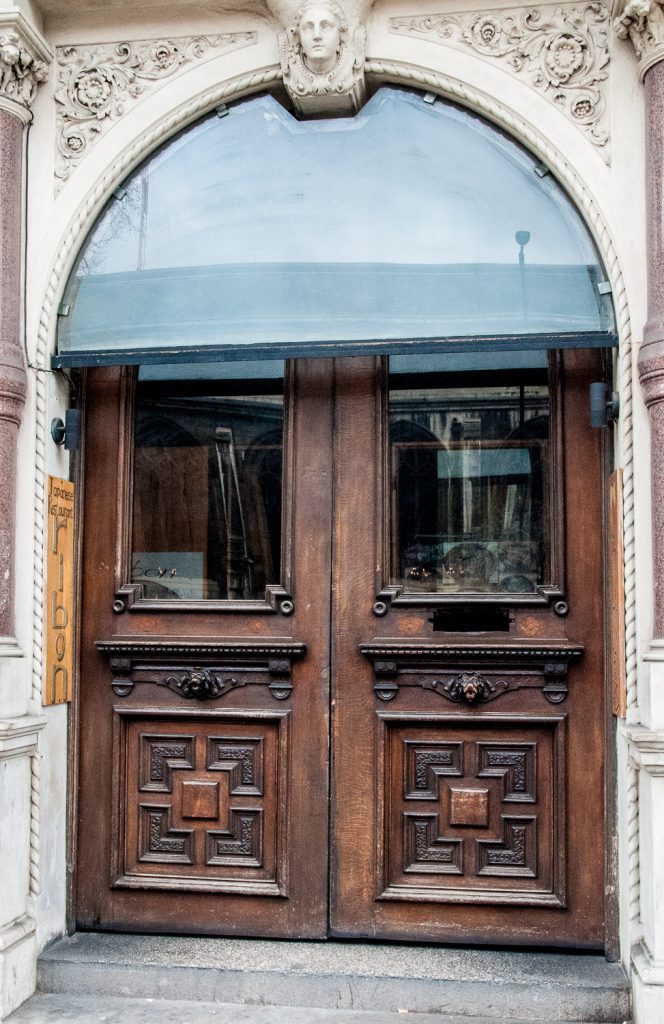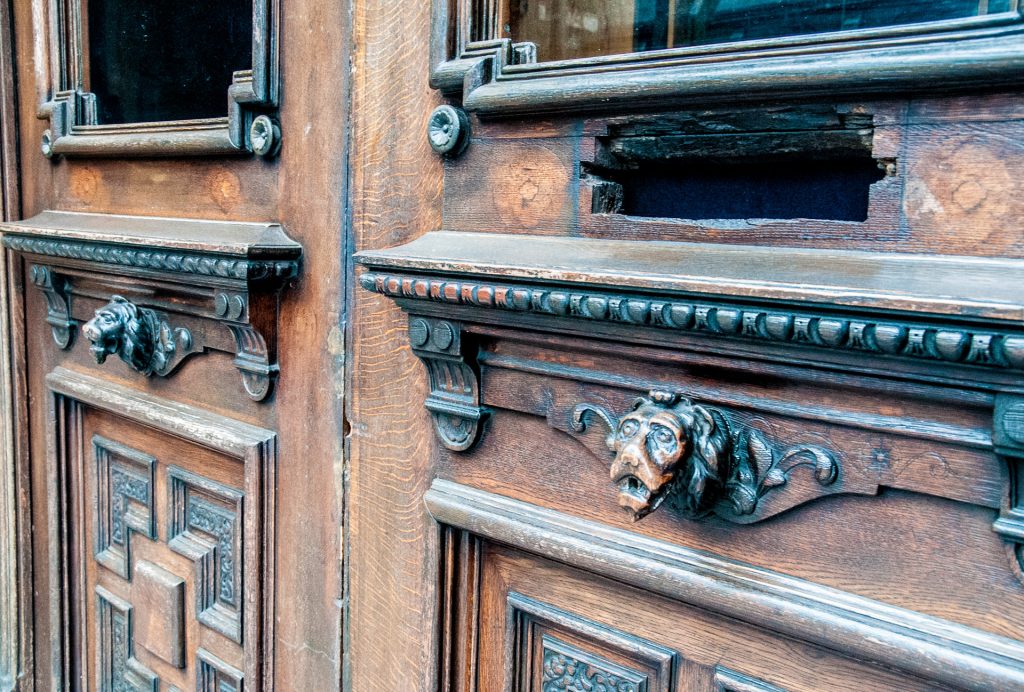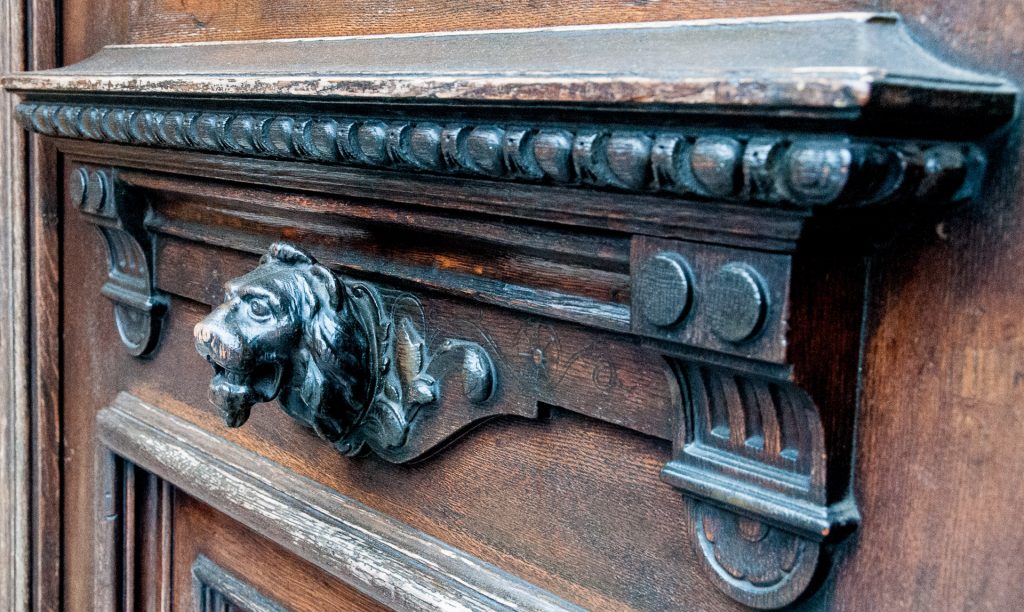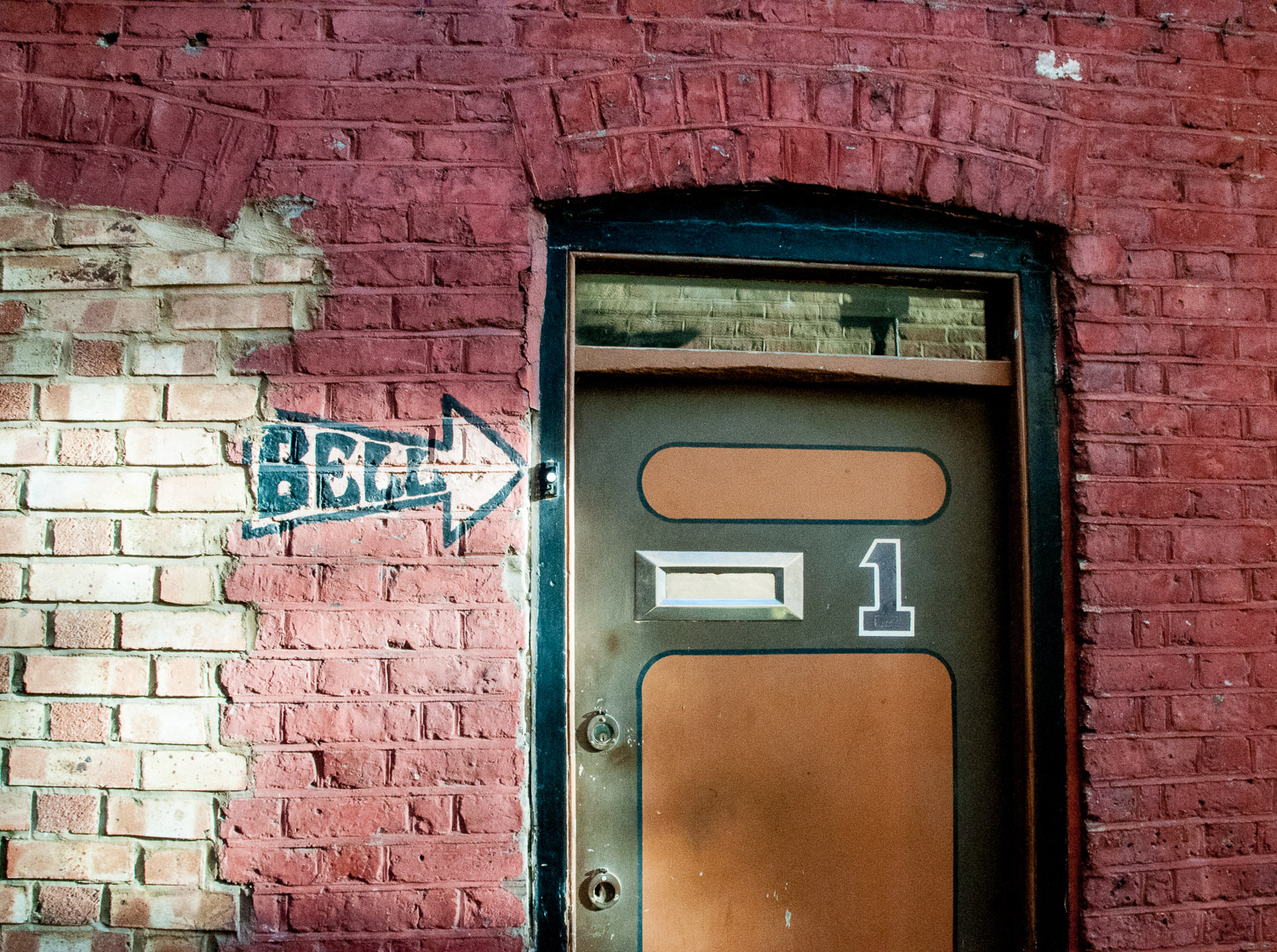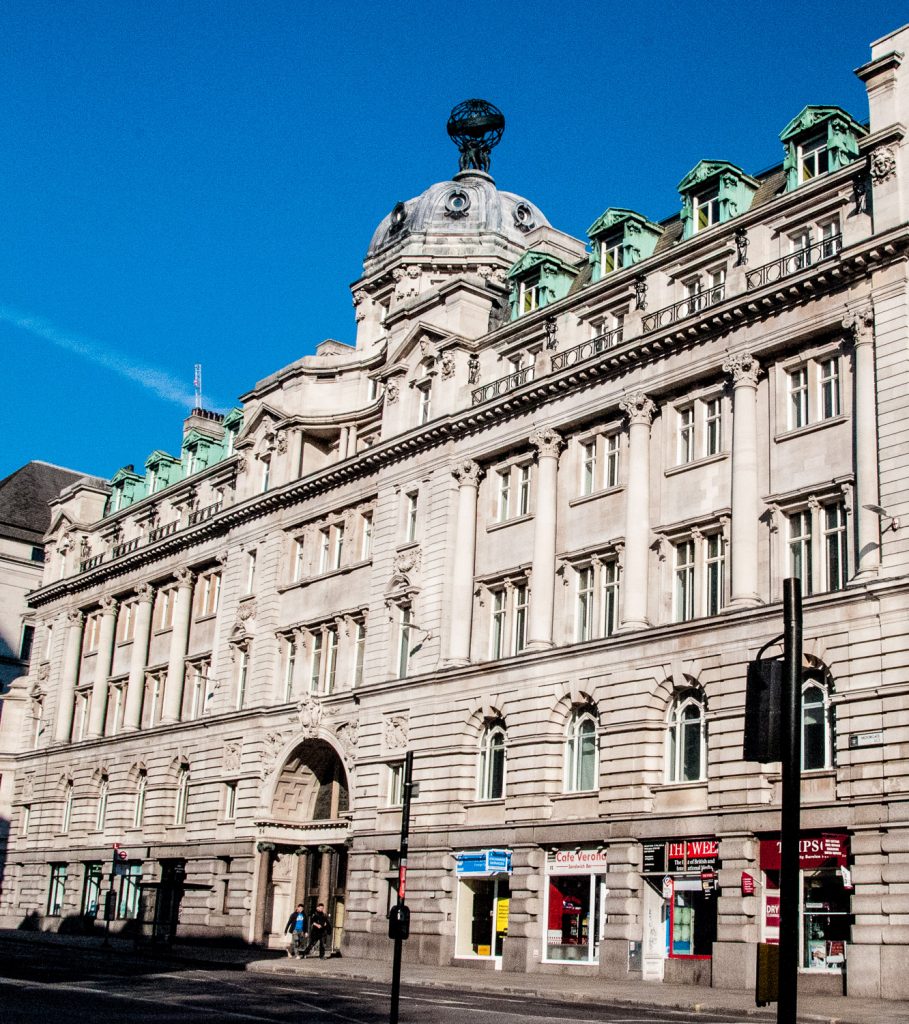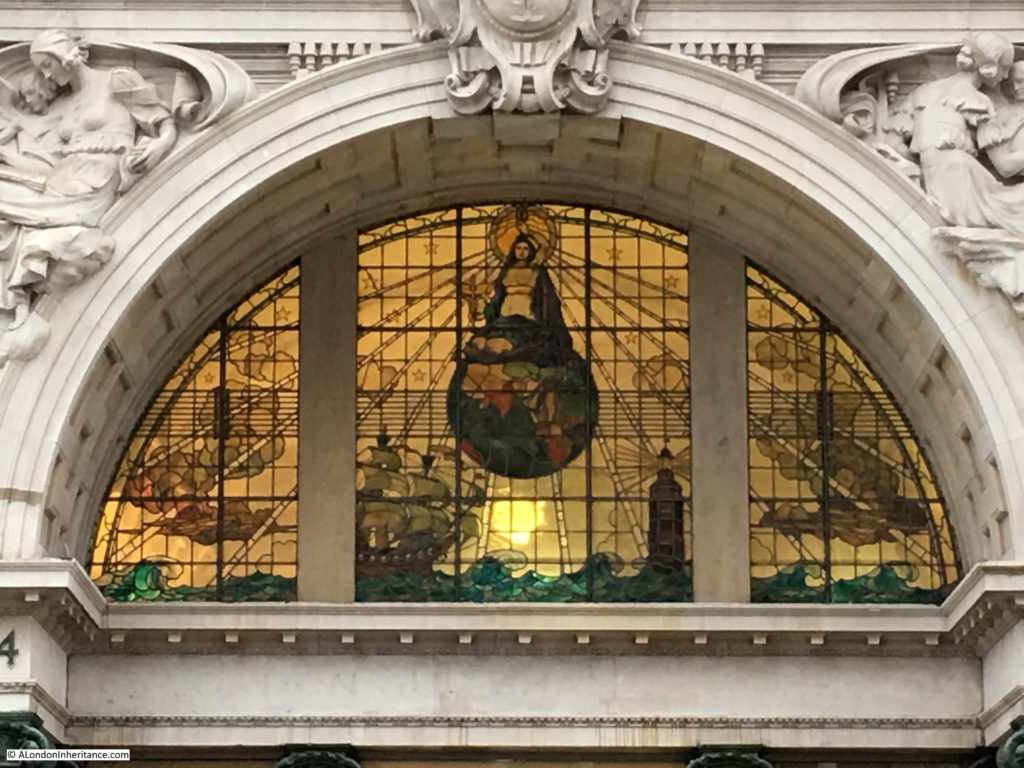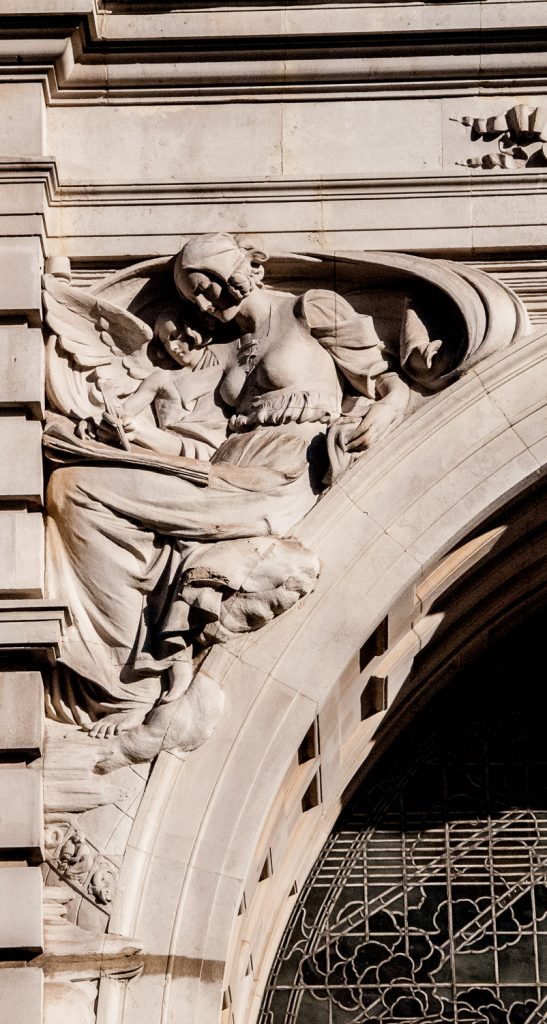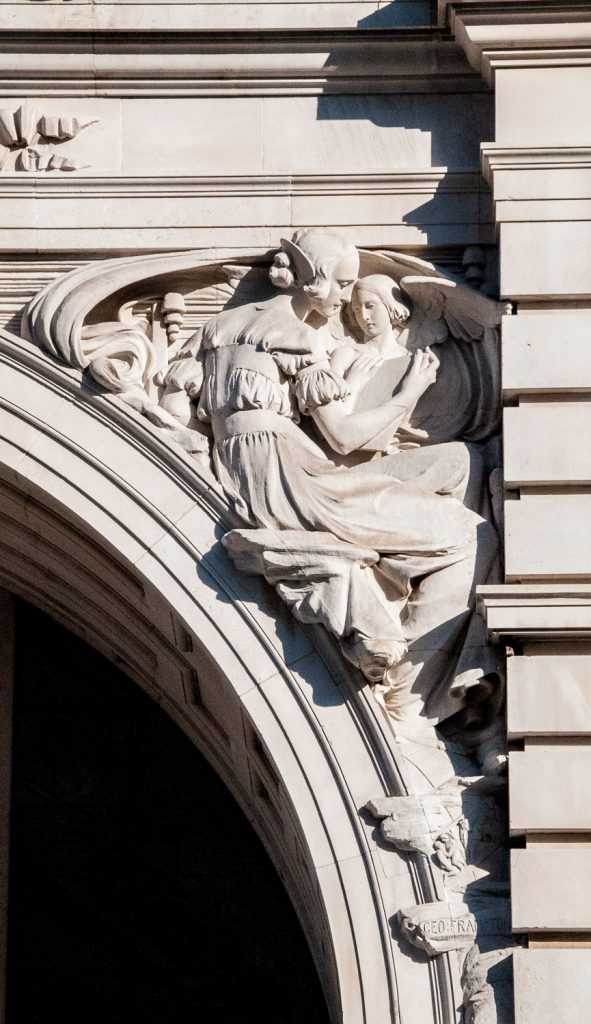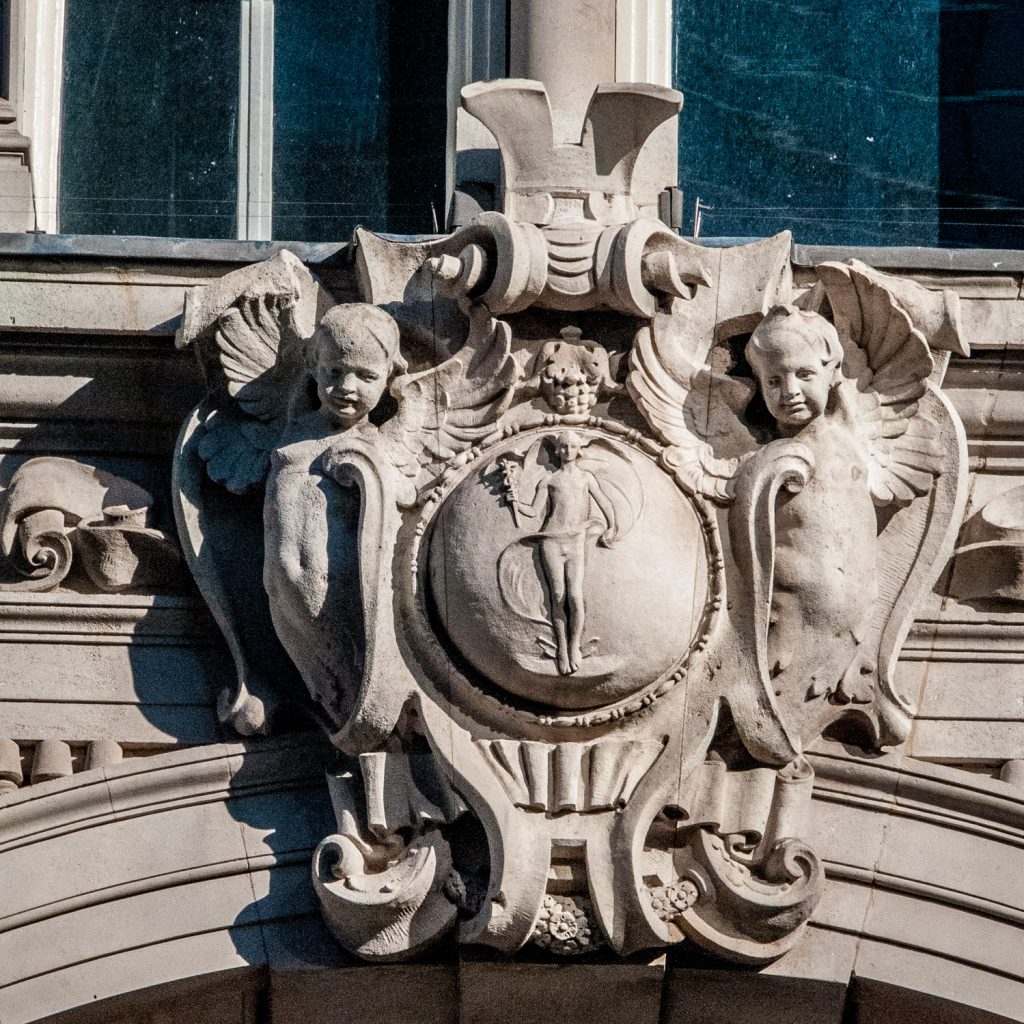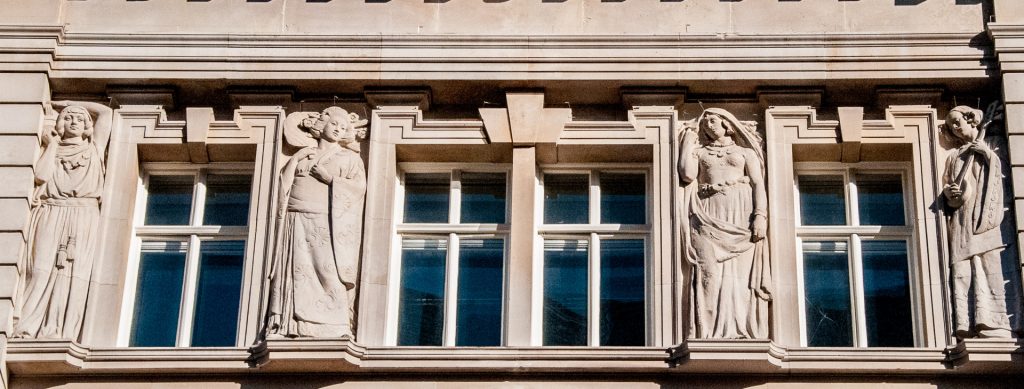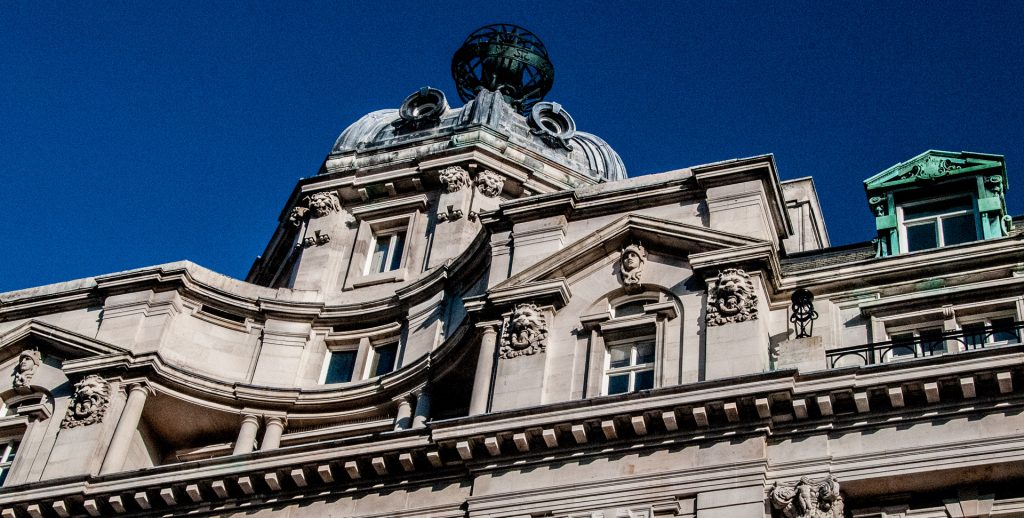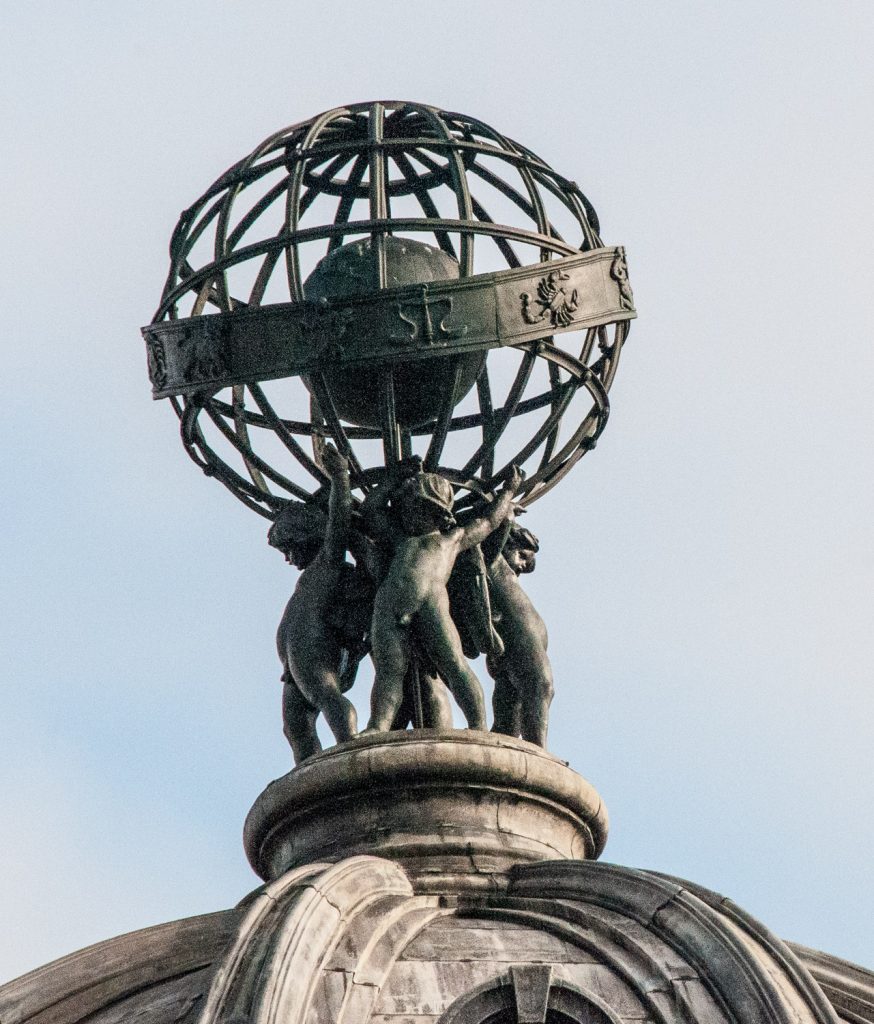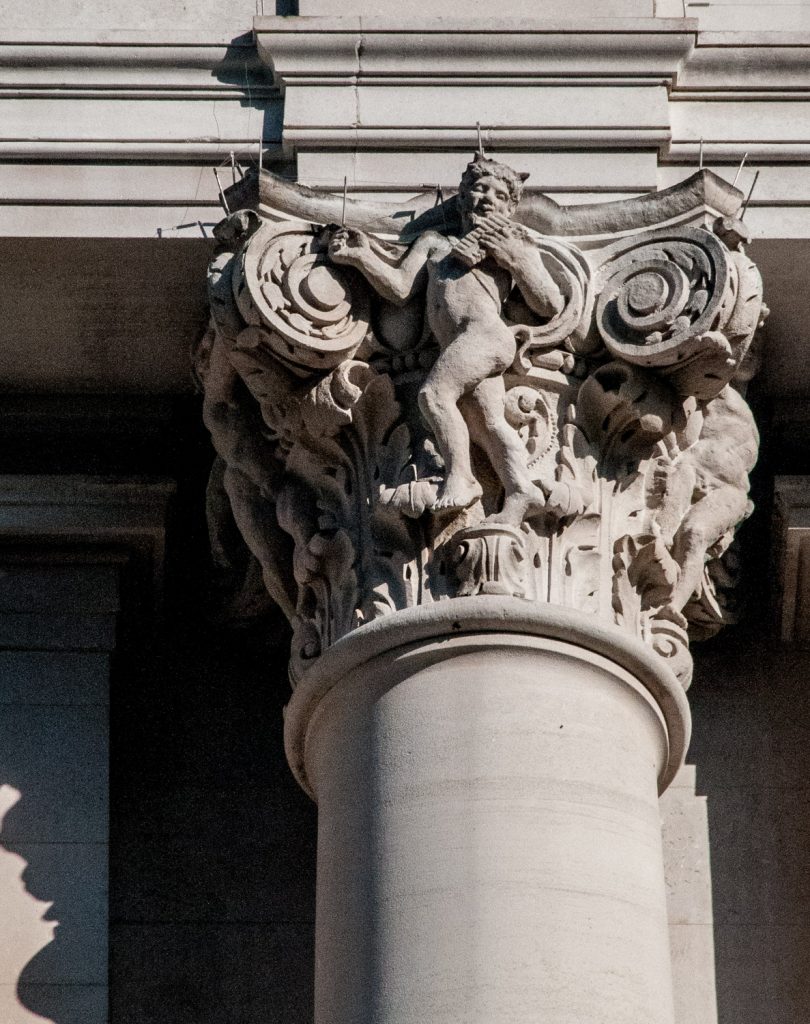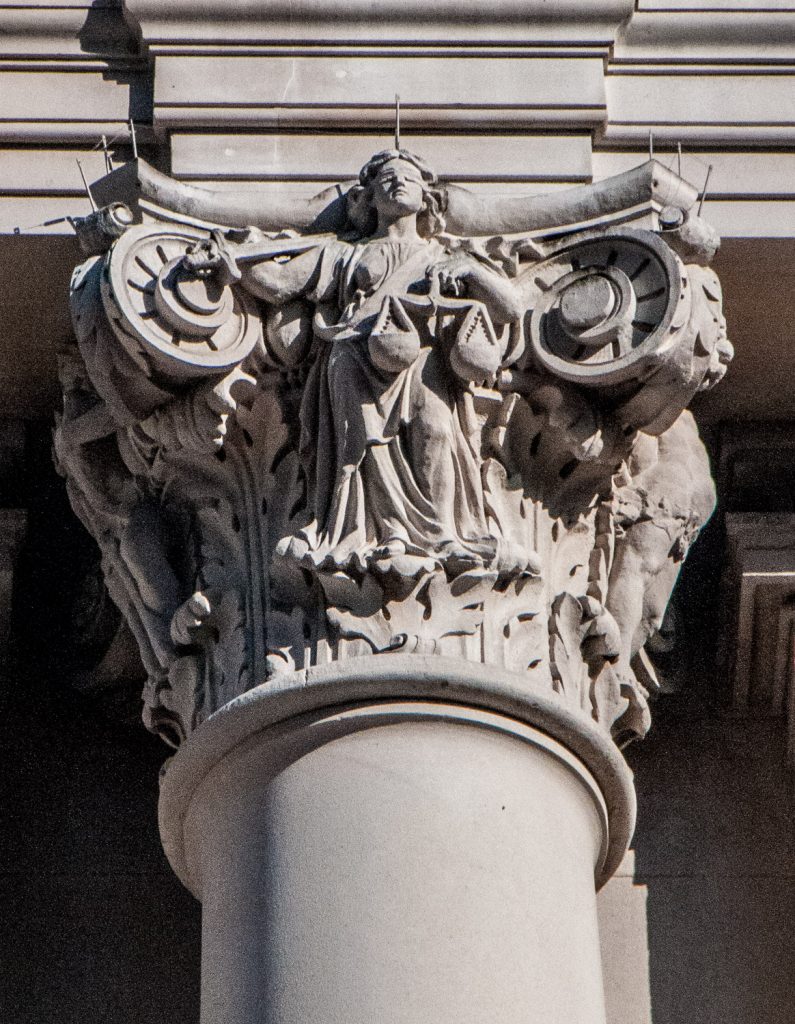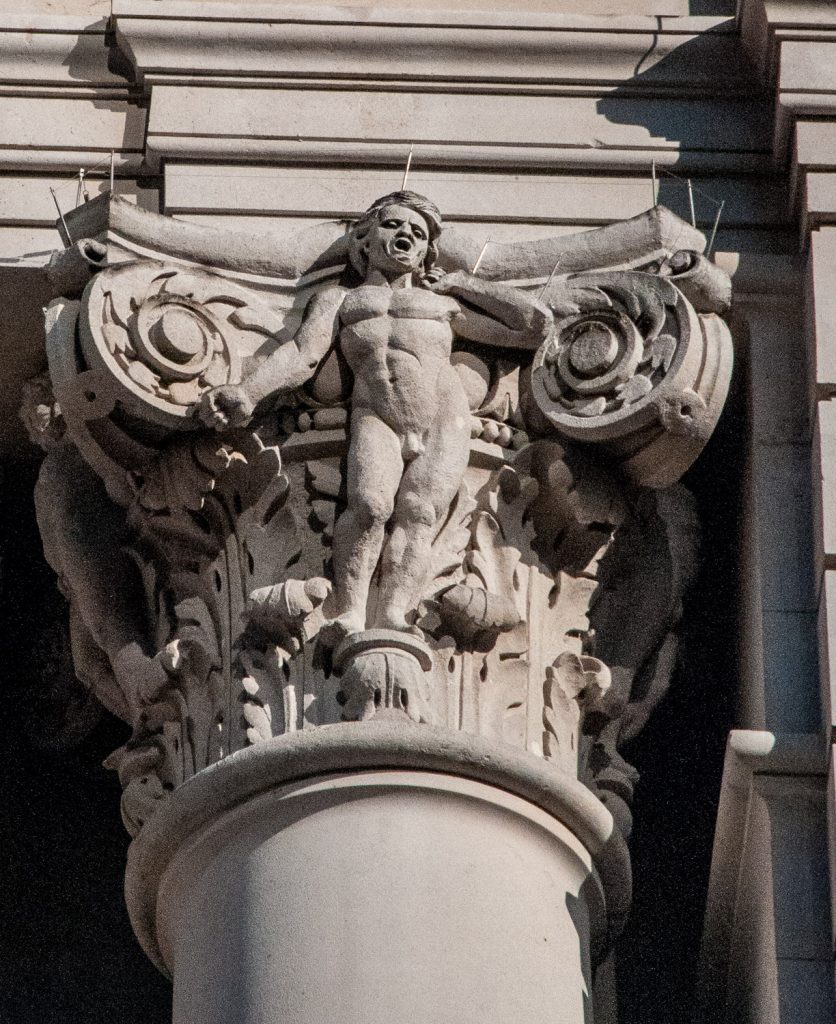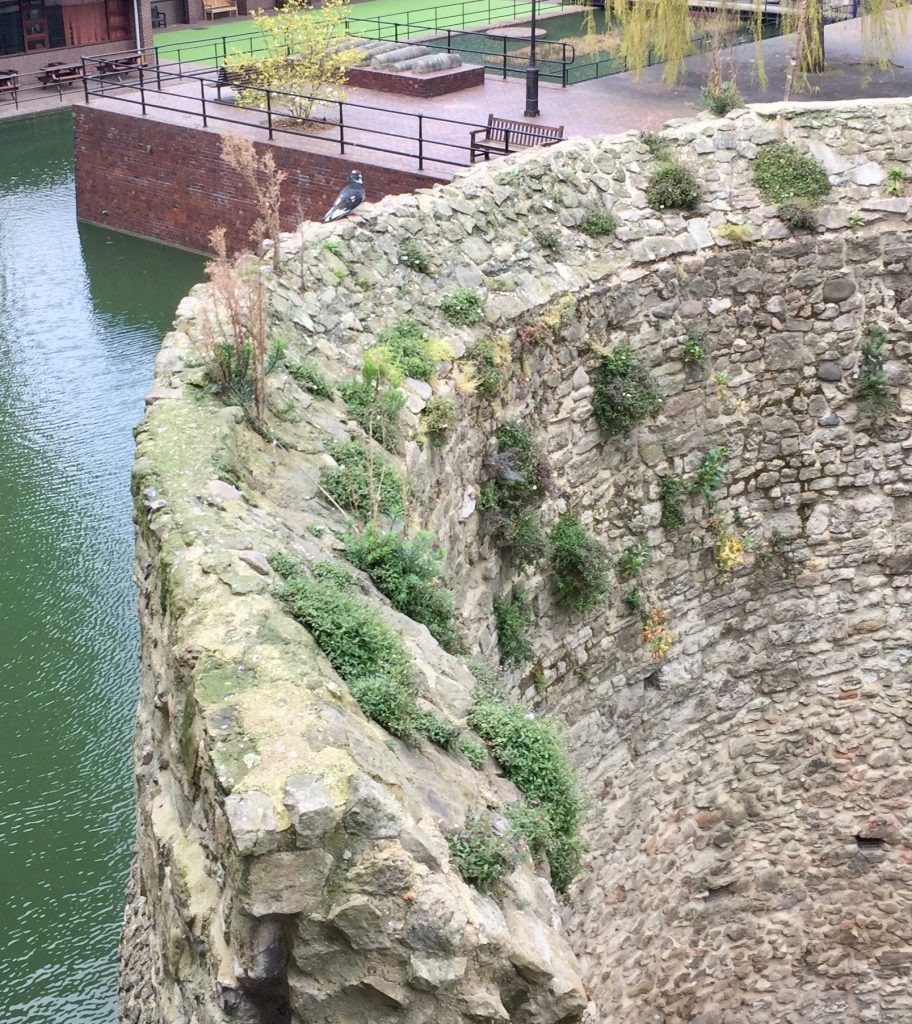I have been out and about again, taking new pictures as I exercise.
Every now and then when researching I find out something I didn’t know that I really should have – more of this later.
Before the Viaduct was built it had become obvious that a flat route between Bank and Holborn had become desperately needed. The hills leading down into the valley were as steep as 1:15 in places and the following passage from the Observer for the 20th November 1864 tells us something of the horrors of horse drawn traffic using this route:
The great traffic of the city of London is from east to west, and to accommodate this there are at present but two leading lines – those by way of Holborn Hill and Fleet Street. The steep ascents of Holborn Hill and Skinner Street are wholly unsuited for the vehicular traffic which passes over them, and no person can pass along these streets without witnessing the delays which are caused, and the wasteful expenditure of horse flesh and the cruelty to animals which the ascent of these streets involve.
Work was started in 1863 and I really like this splendid photograph of the work in progress looking west …
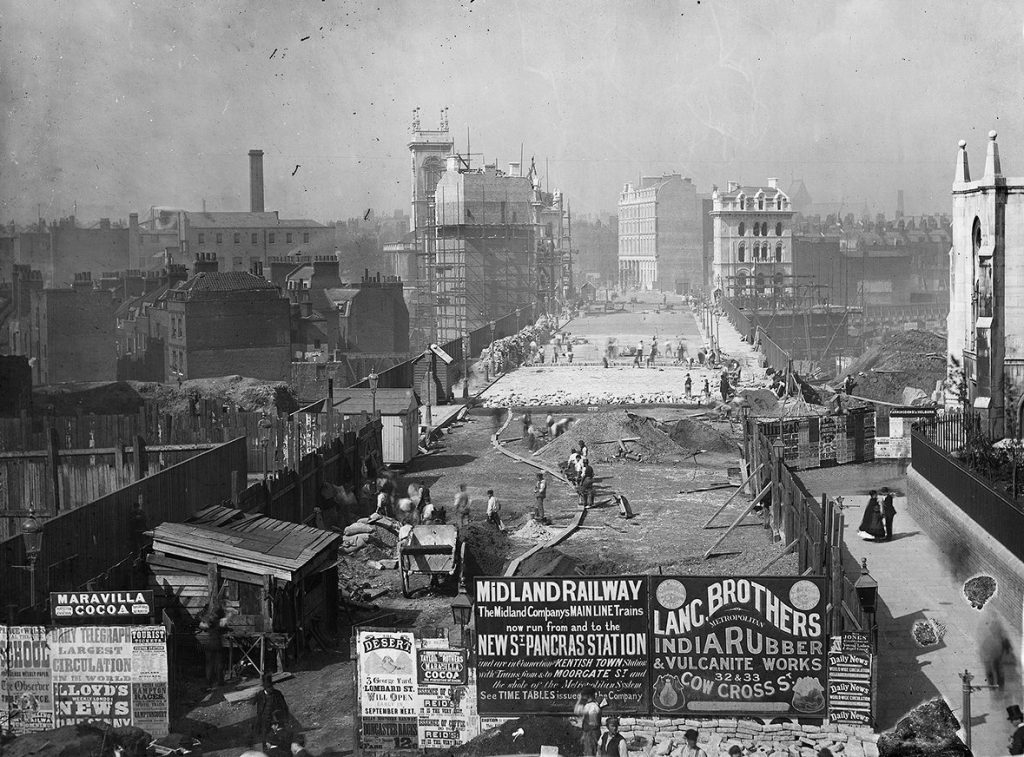
Note the advertisement for the ‘New’ St Pancras Station.
And another view looking south …
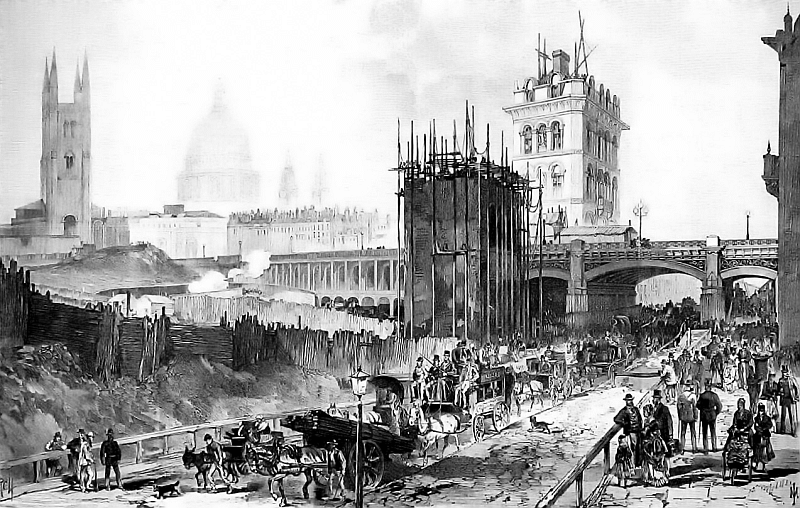
The Holborn Viaduct Improvements Committee turned up for a photo shoot …
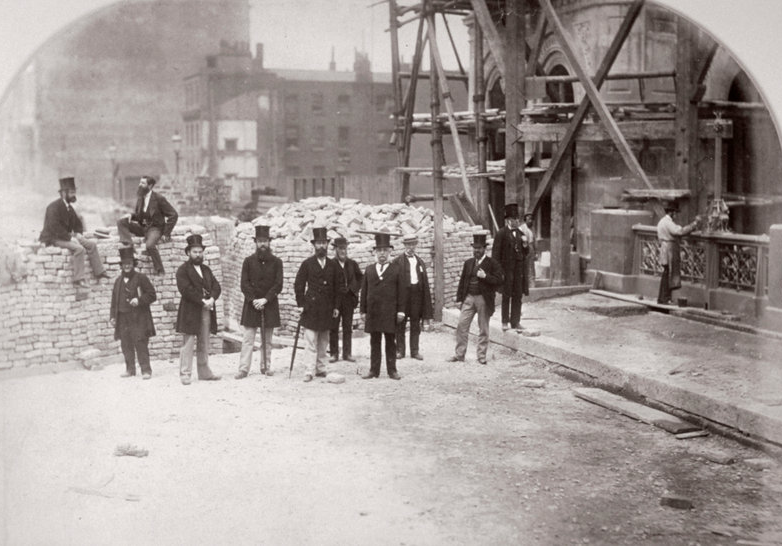
True top-hatted Victorian Gentlemen. It’s a good composition, isn’t it, with two of them getting their clothes grubby sitting on bricks. An anonymous artisan looks to be doing a bit of work on the balustrade and lamp post to the right.
Queen Victoria arrives at the formal opening on 6 November 1869 …
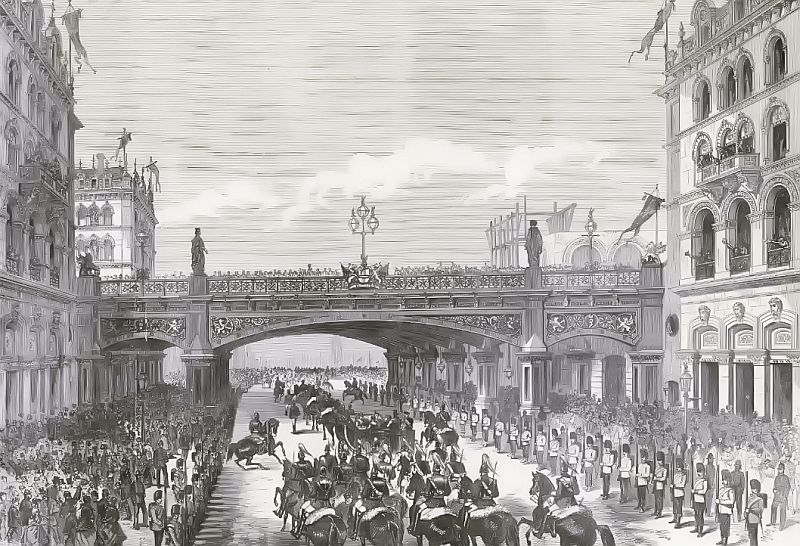
She killed two birds with one stone by opening Blackfriars Bridge on the same day.
Up until the turn of this century, the north eastern corner of the viaduct was dominated by an early 1950s building called Bath House. You can see its massive scale in this picture …
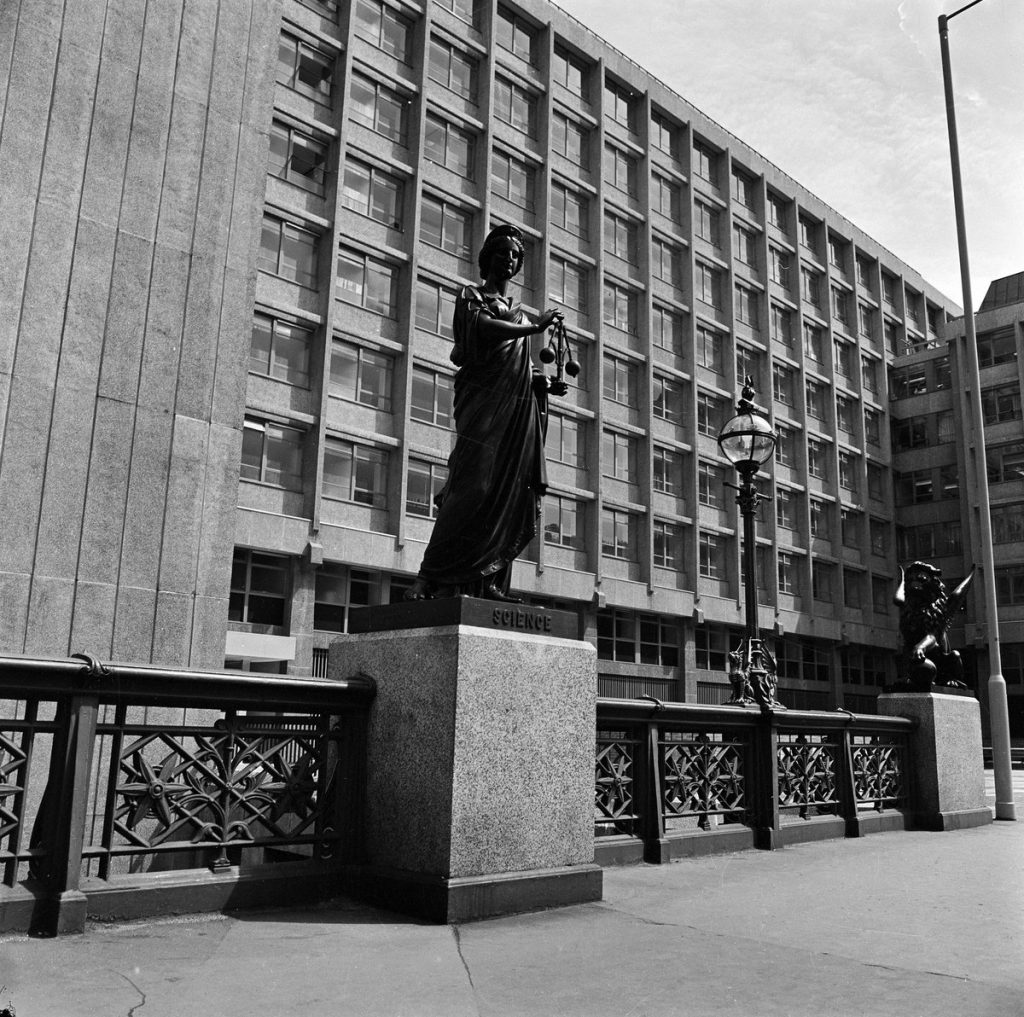
When it was demolished it was decided that a new staircase building should be constructed in the same style as the old Victorian one that had been lost in wartime bombing (and that it should include a lift).
It was completed in 2014 and here it is, looking white and pristine in my picture …
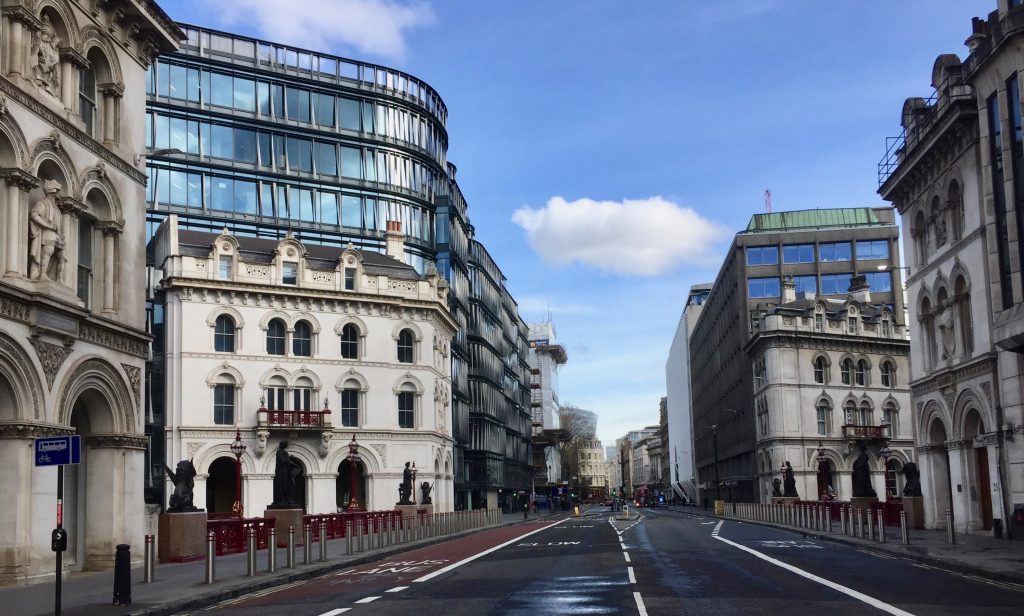
Not only that, the north west step building (also on the left) is itself relatively new, being completed in 2001. All this was, I am embarrassed to say, news to me, although the buildings’ colour and cleanliness should have been a clue.
All four pavilions around the viaduct are named after important Londoners from the past.
Sir William Walworth was a 14th century Lord Mayor. He now poses authoritatively, sword in scabbard, on the north west corner …
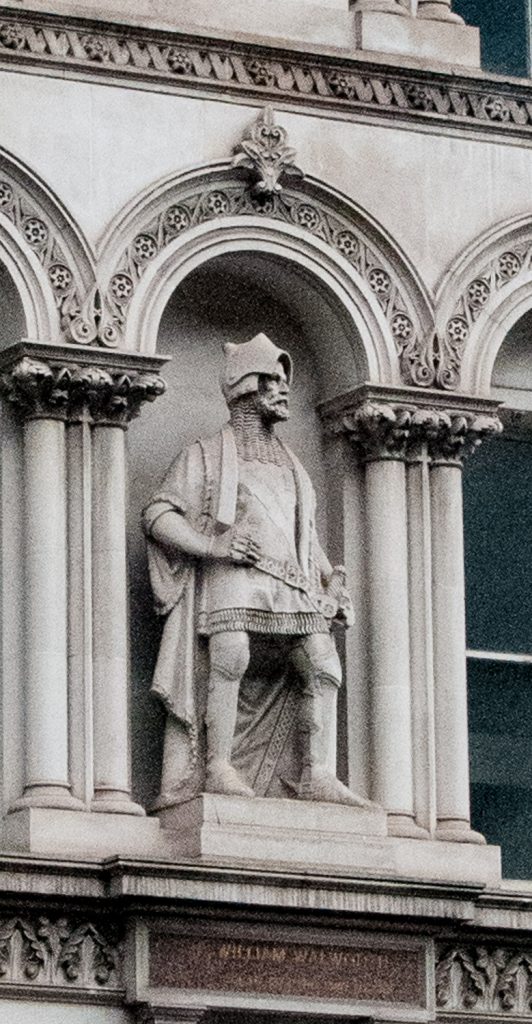
On June 15th 1381 he was accompanying King Richard II when they debated in Spitalfields with the leader of the Peasants’ Revolt, Wat Tyler. For reasons that are not entirely clear, Walworth ran Tyler through with his sword. Badly wounded, Tyler was carried into nearby St Bartholomew’s Hospital but, rather unsportingly, Walworth had him dragged out and decapitated. Poll Tax protesters were dealt with very ruthlessly in those days!
On the south west corner …
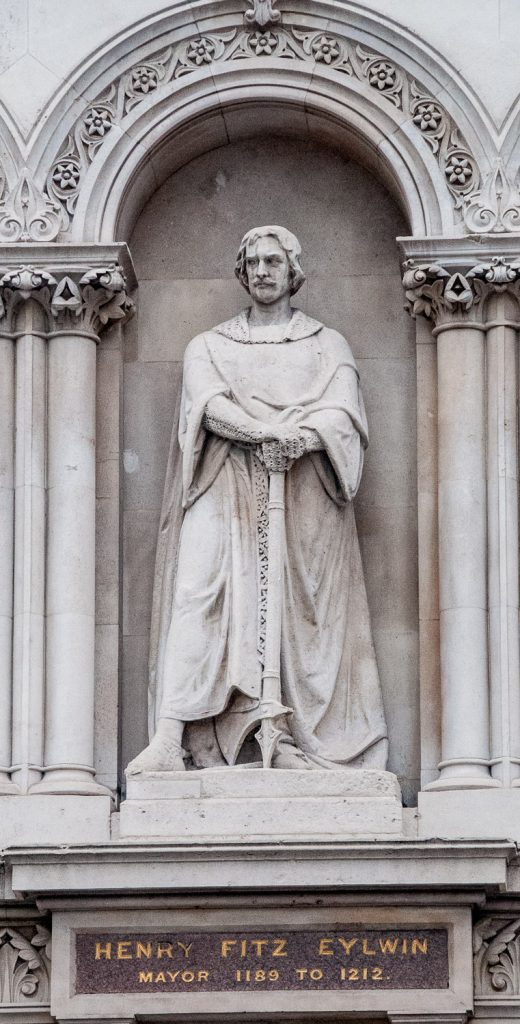
FitzEylwin was the first Mayor of London and probably held office until his death. His hands rest on a battleaxe and he is wearing a surcoat over his chain mail.
There is a City legend portrayed on the south east corner…
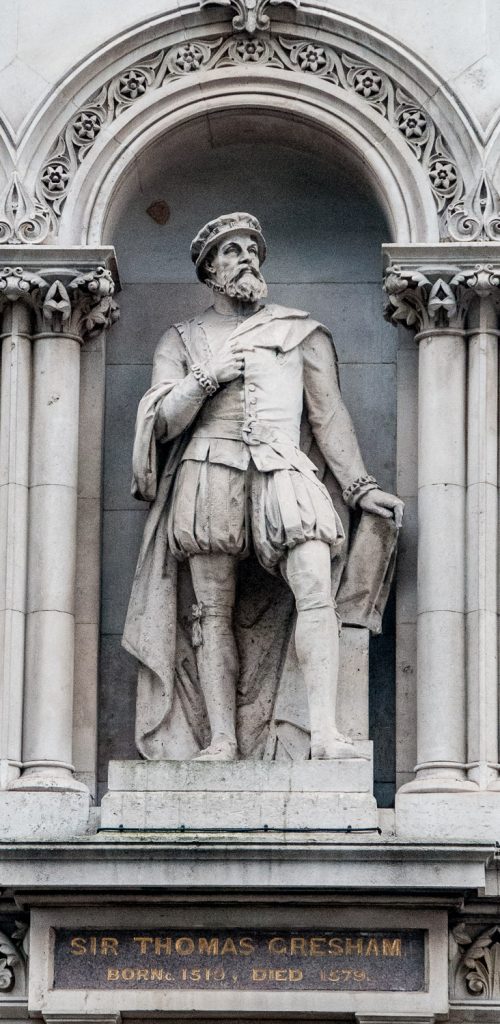
Sir Thomas Gresham, founder of the Royal Exchange, is dressed in 16th century costume and holds a parchment.
Finally, on the fourth corner, is this gentleman …
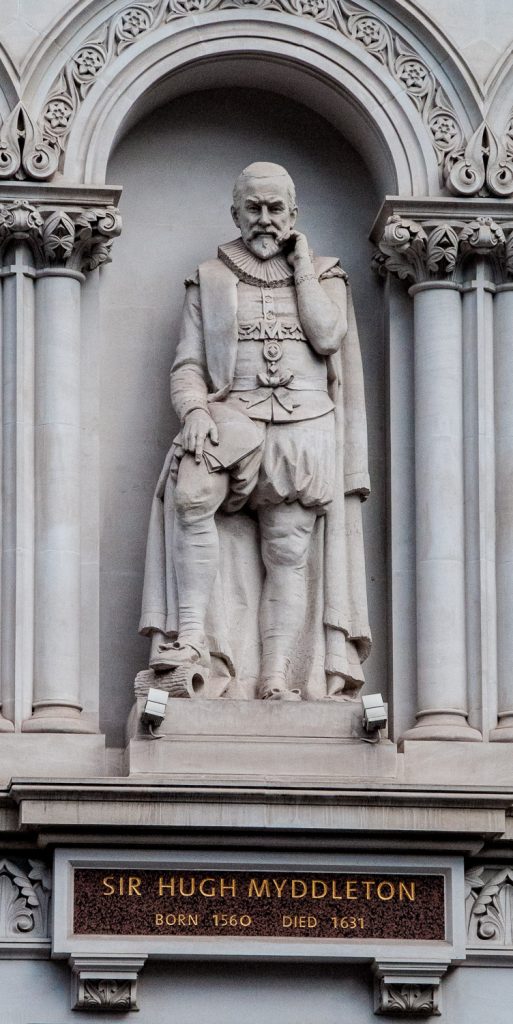
Sir Hugh Myddleton, a goldsmith and entrepreneur, established the New River Company which constructed the New River bringing much needed fresh water from Hertfordshire to London. This remained the most important source of piped water in London for 300 years and Robert Stephenson considered him ‘the first English Engineer’. He is holding the River plans in his hand and I think his right foot is resting on a water conduit pipe.
This is the view of the Viaduct today, giving some idea as to how deep the valley was …
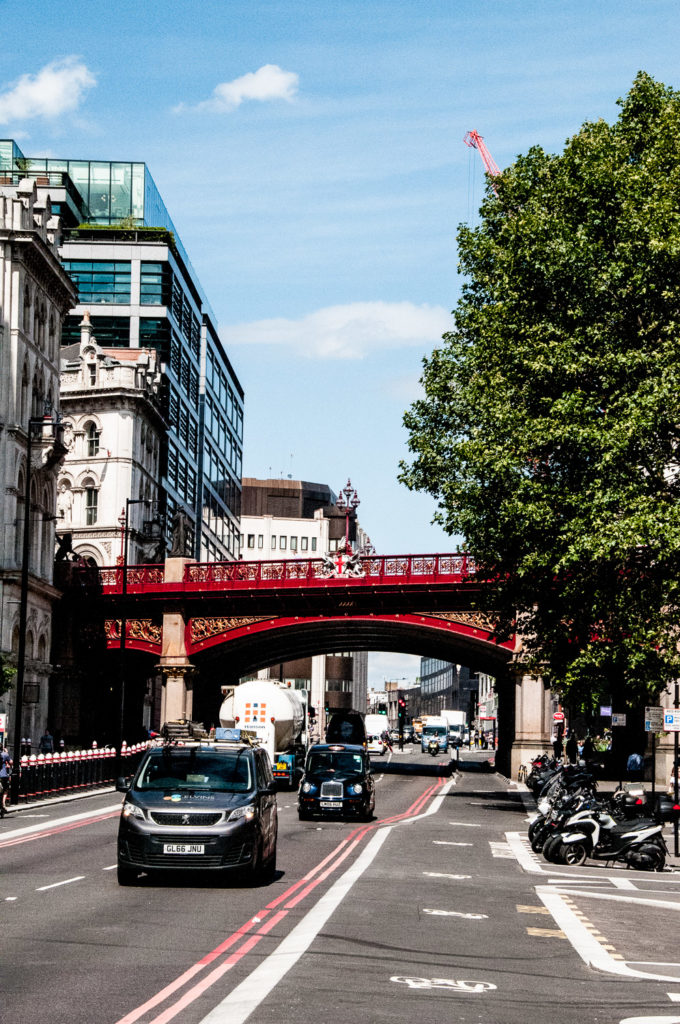
Paint analysts reckon it has been repainted at least fourteen times. Look at this fascinating cross section of old paint layers …

The Viaduct proved much more interesting than I expected, so I shall be continuing its story next week.
Remember you can follow me on Instagram :
